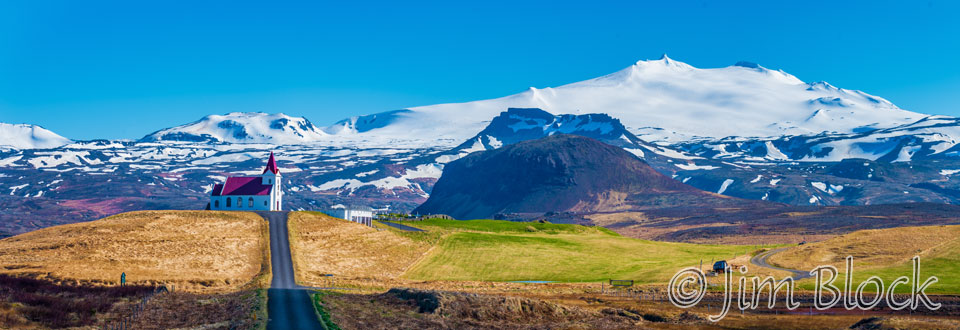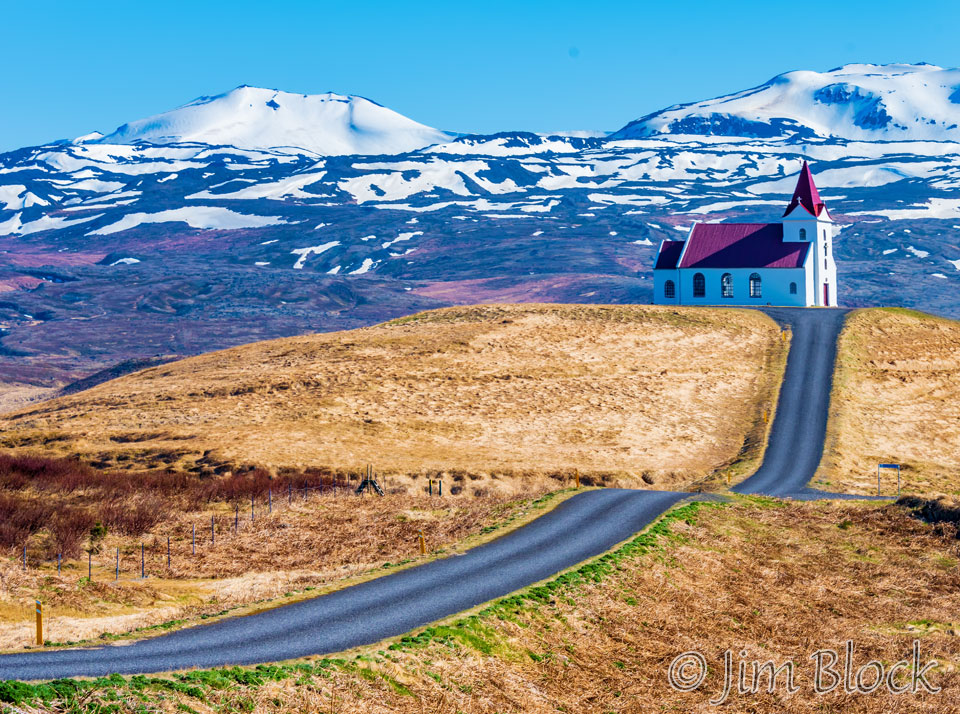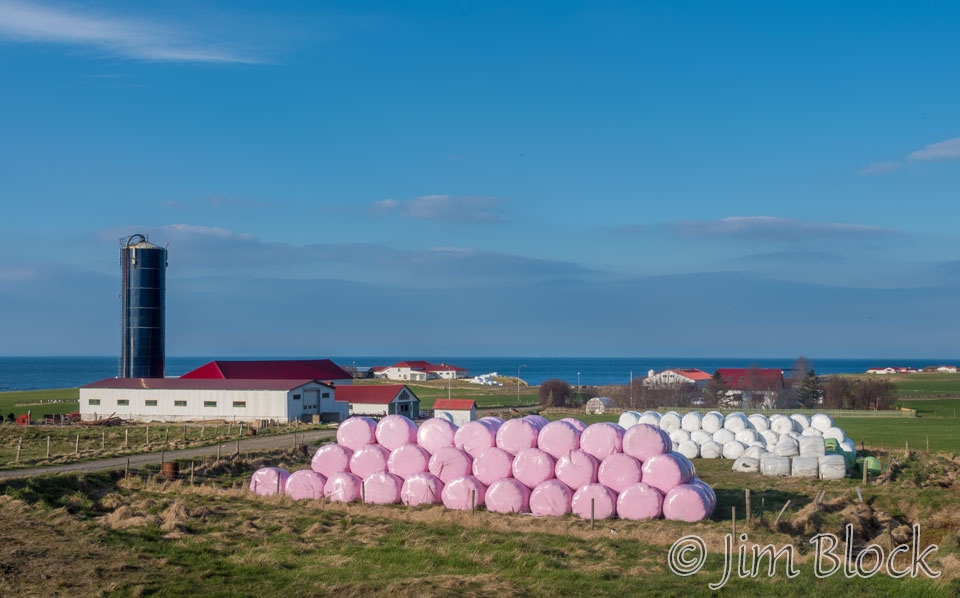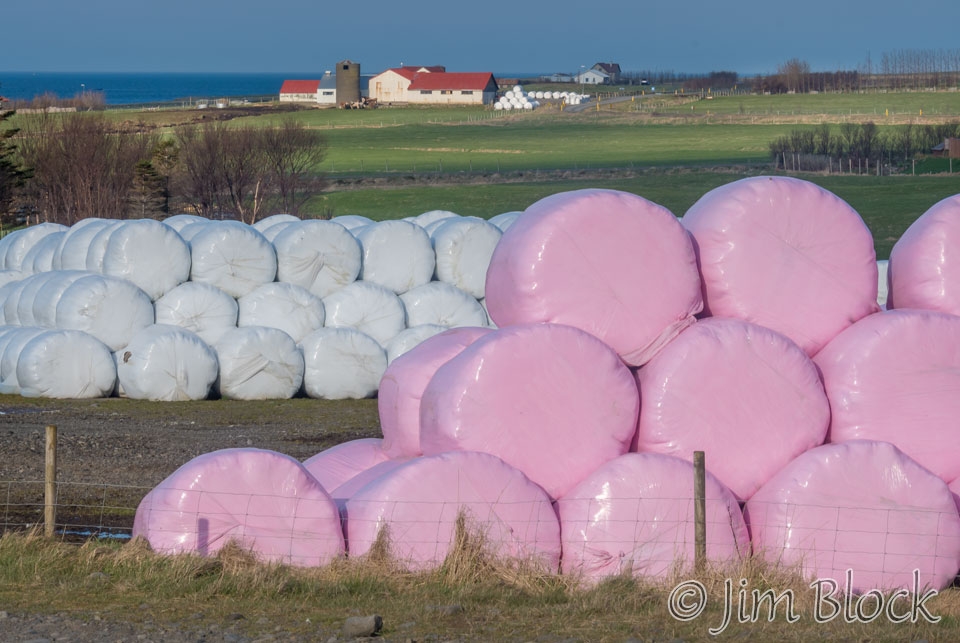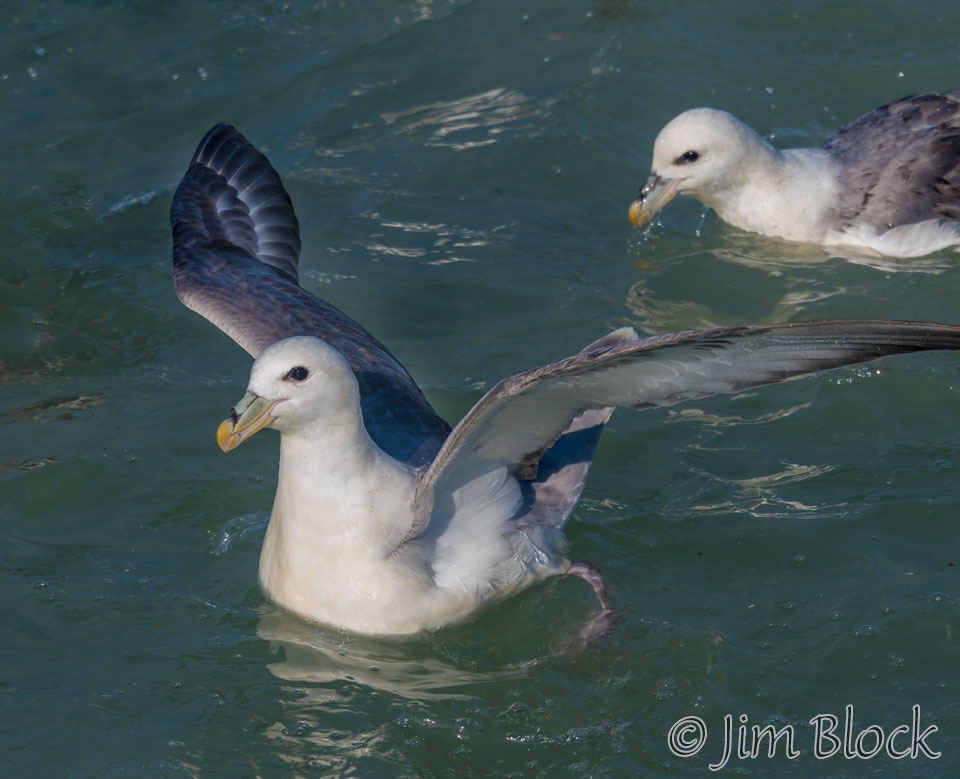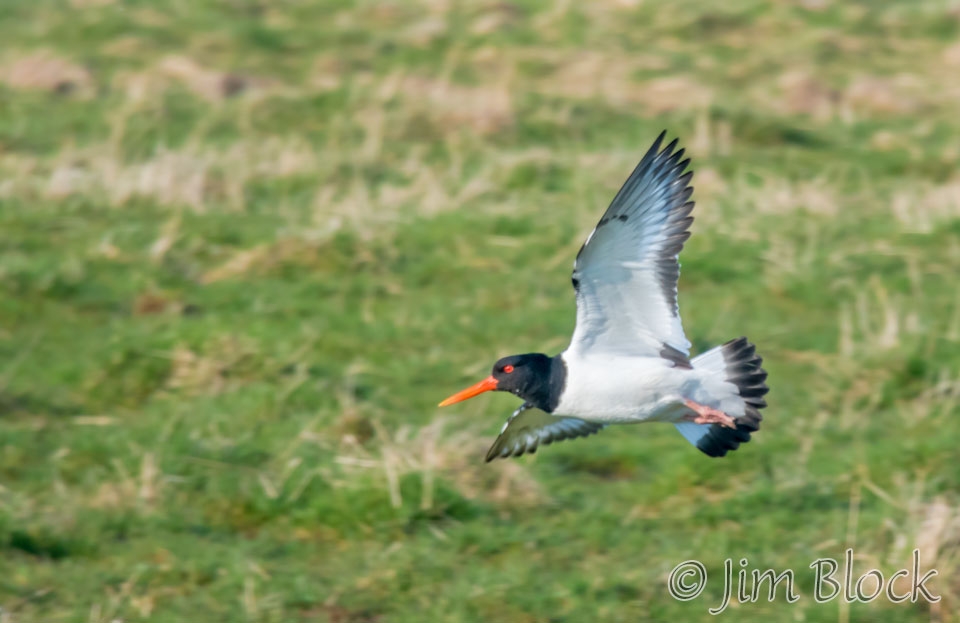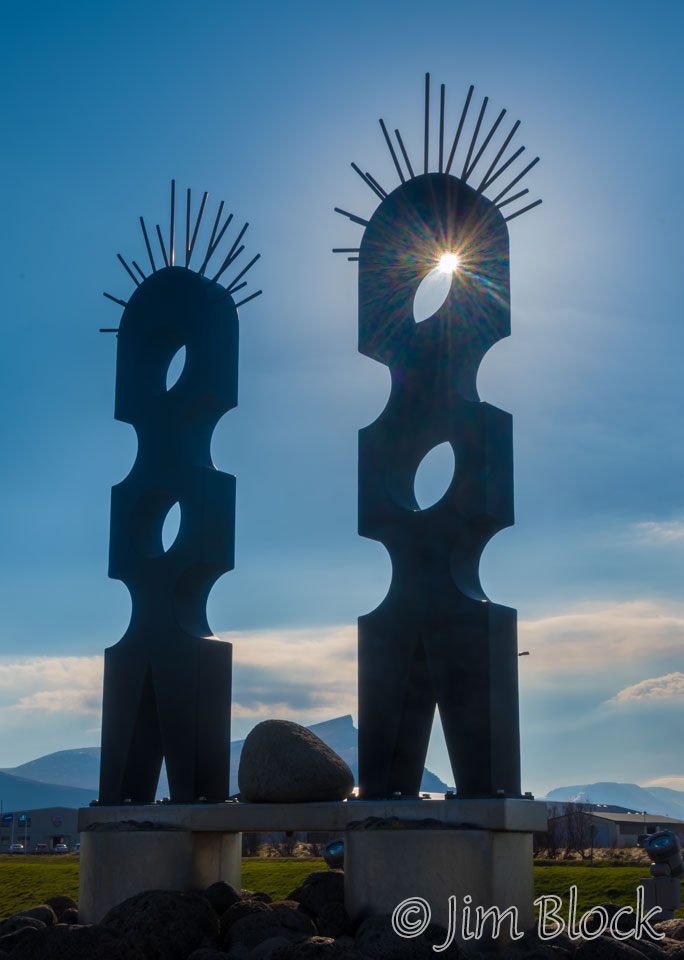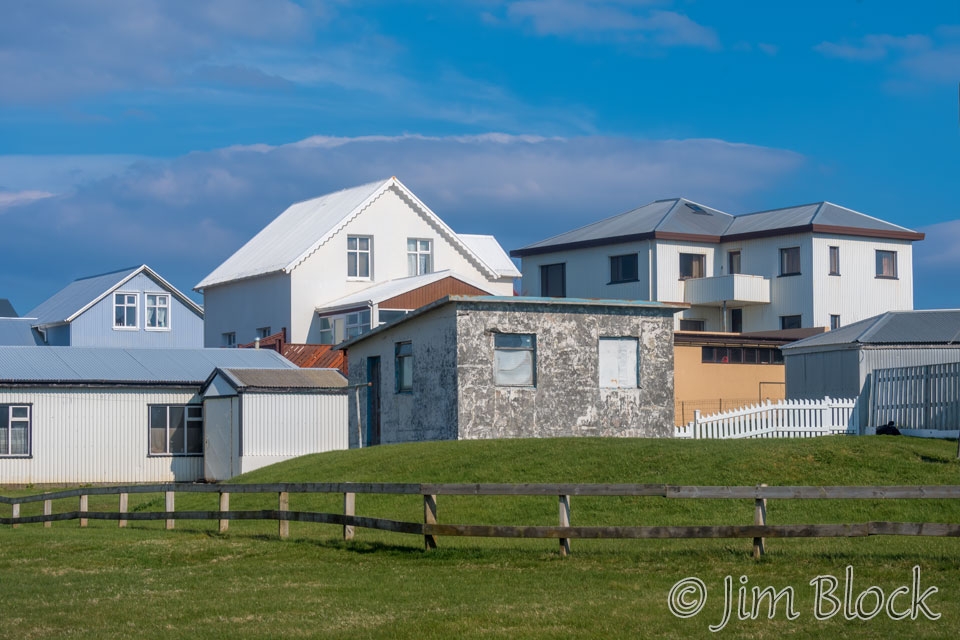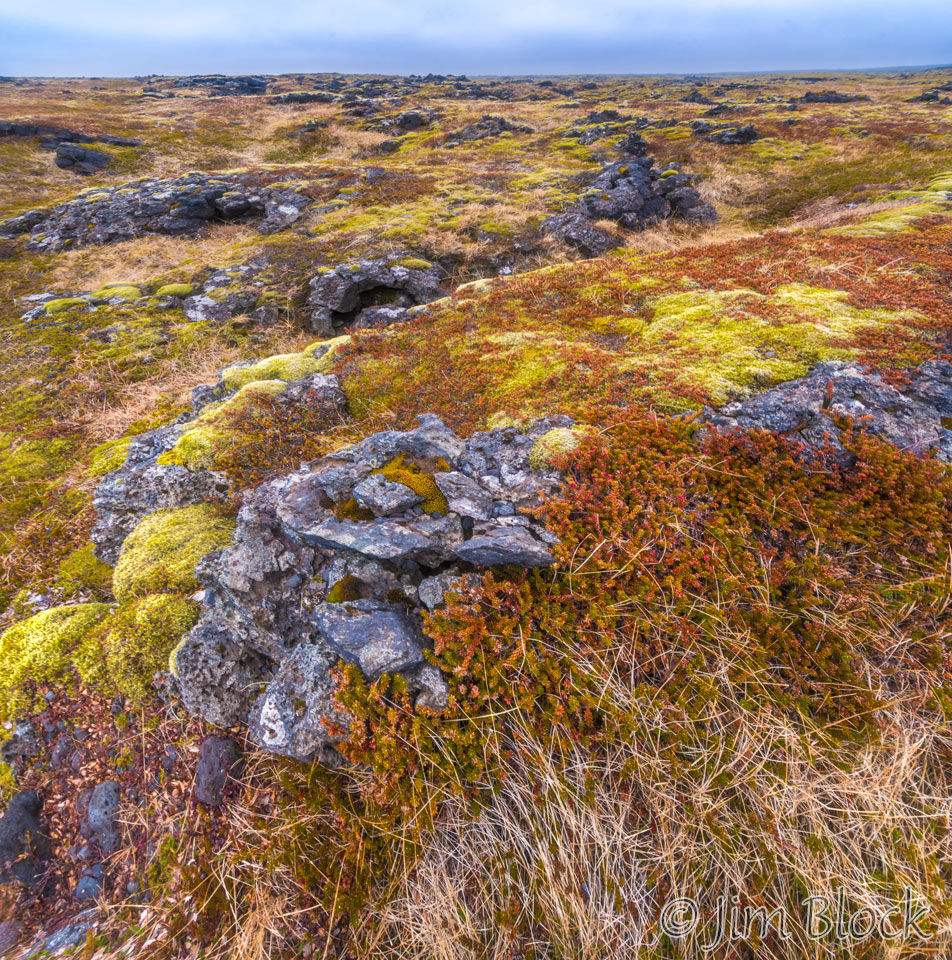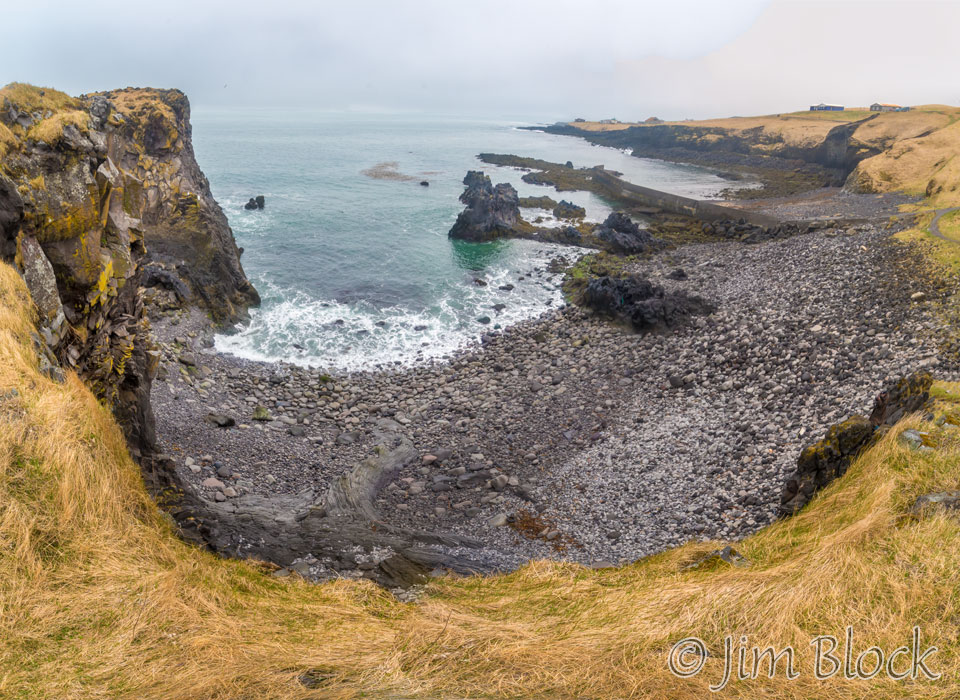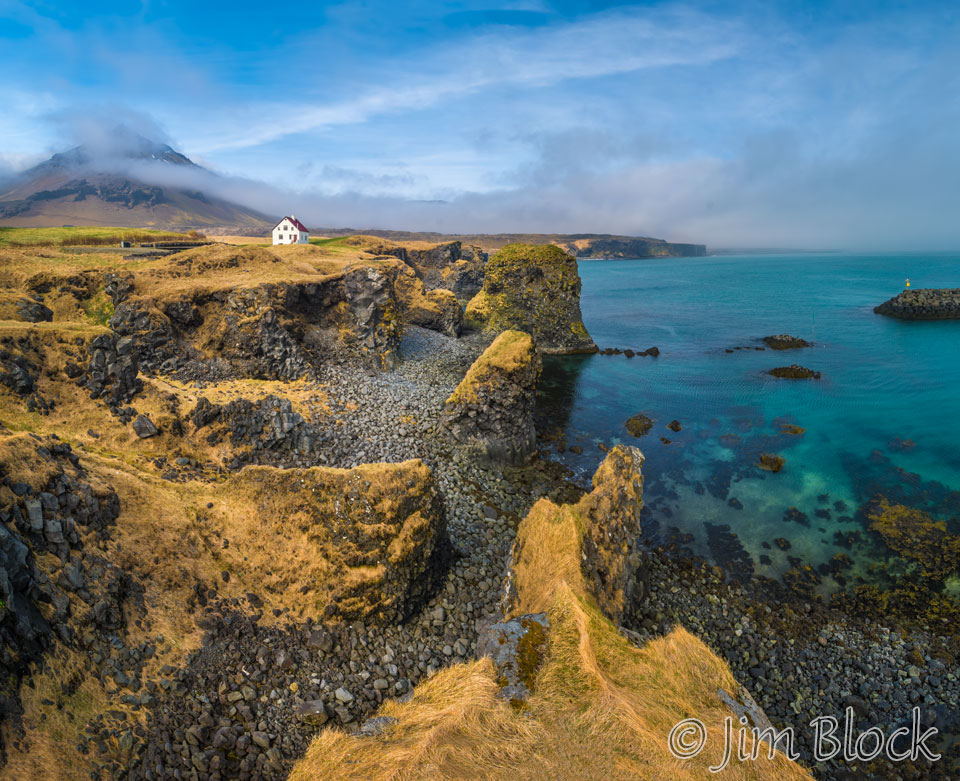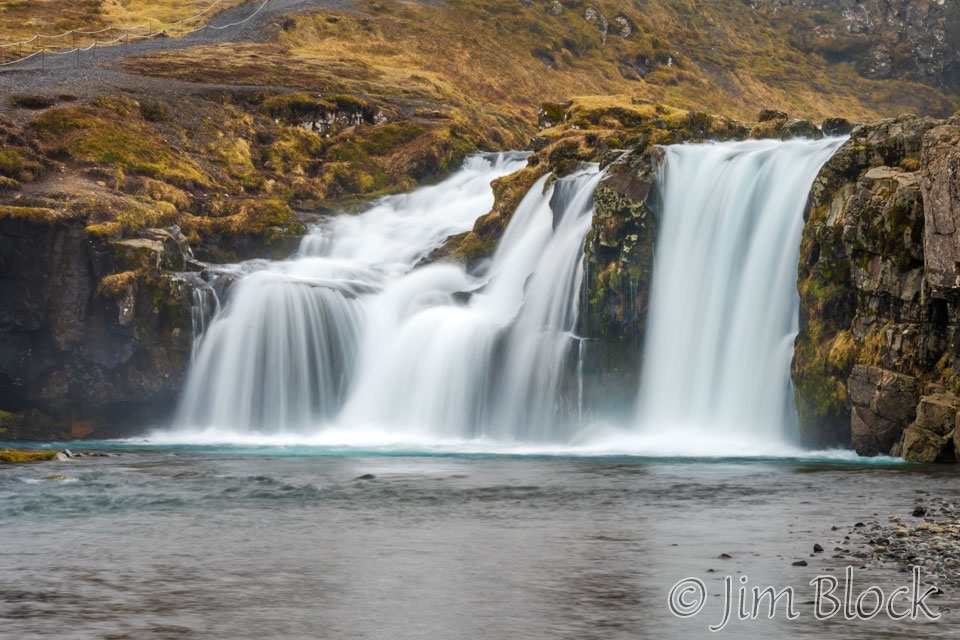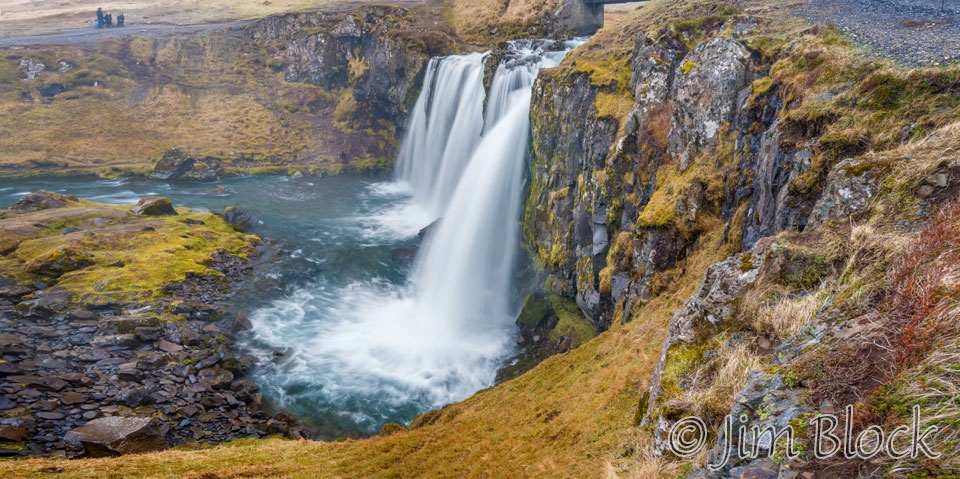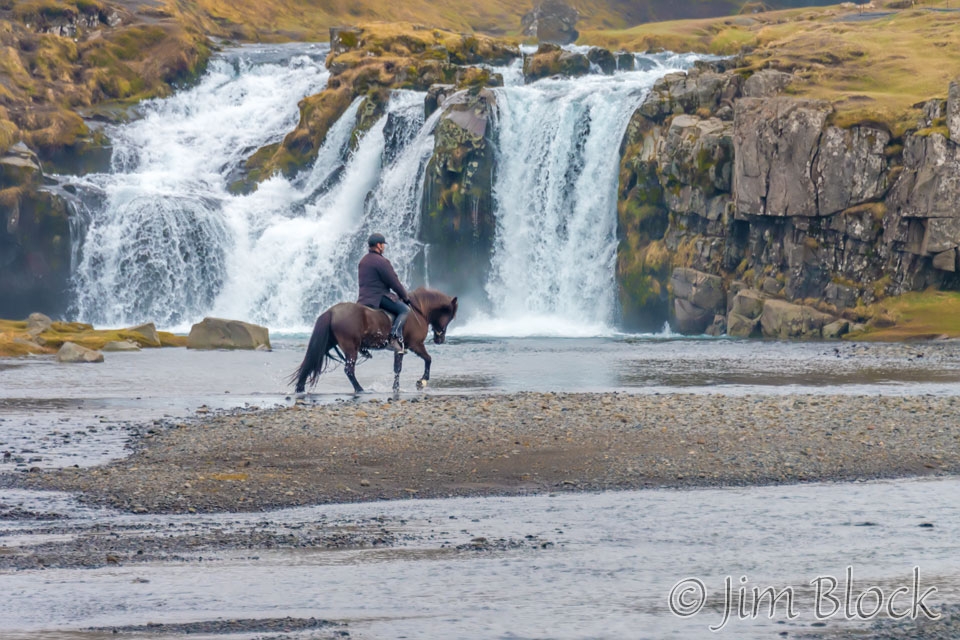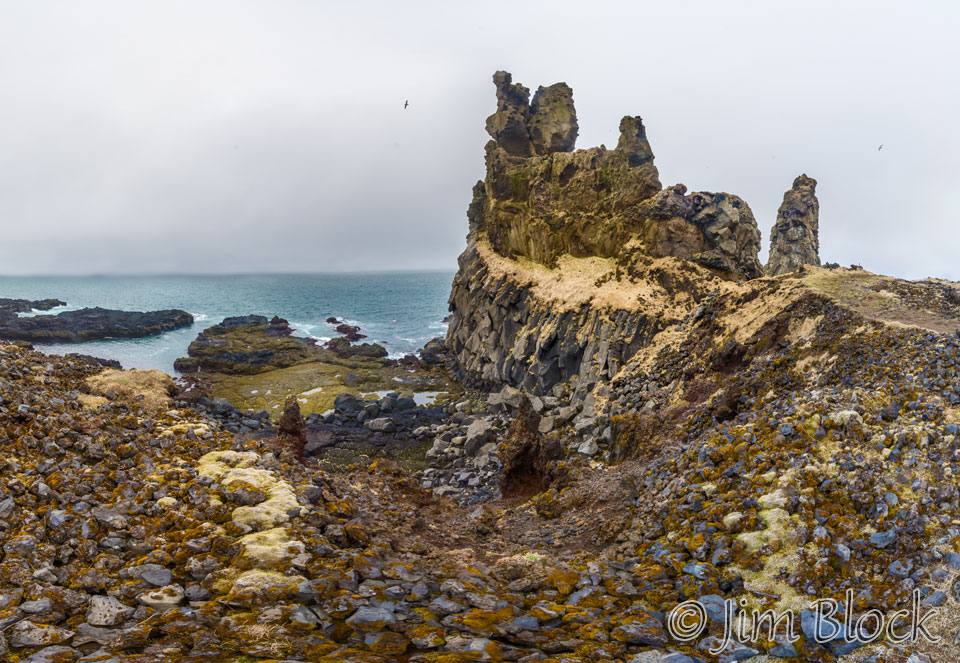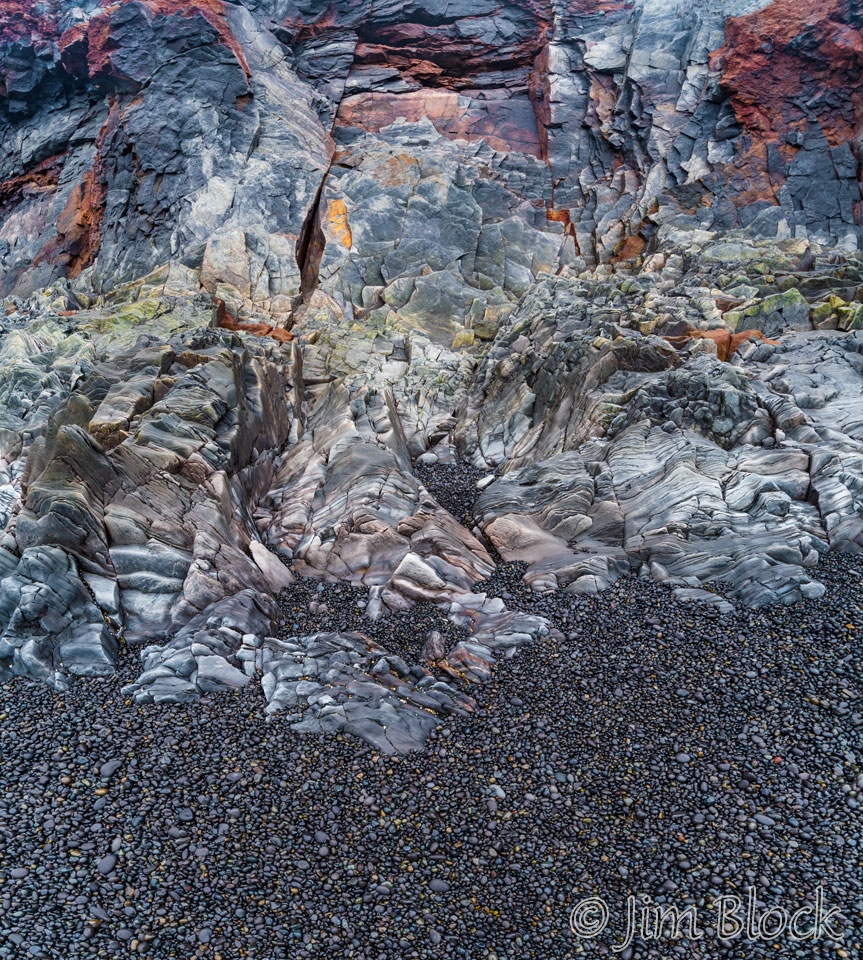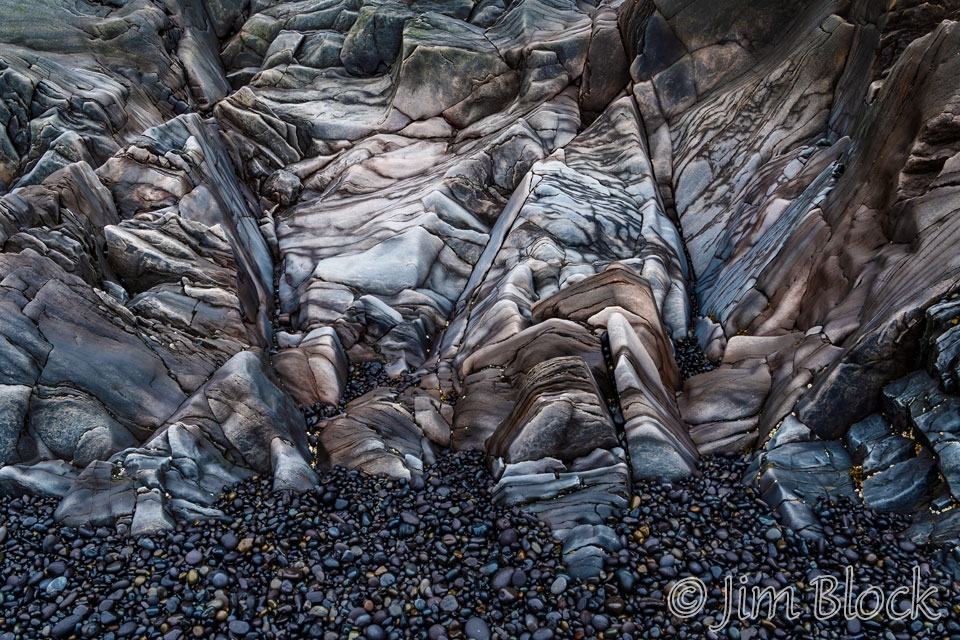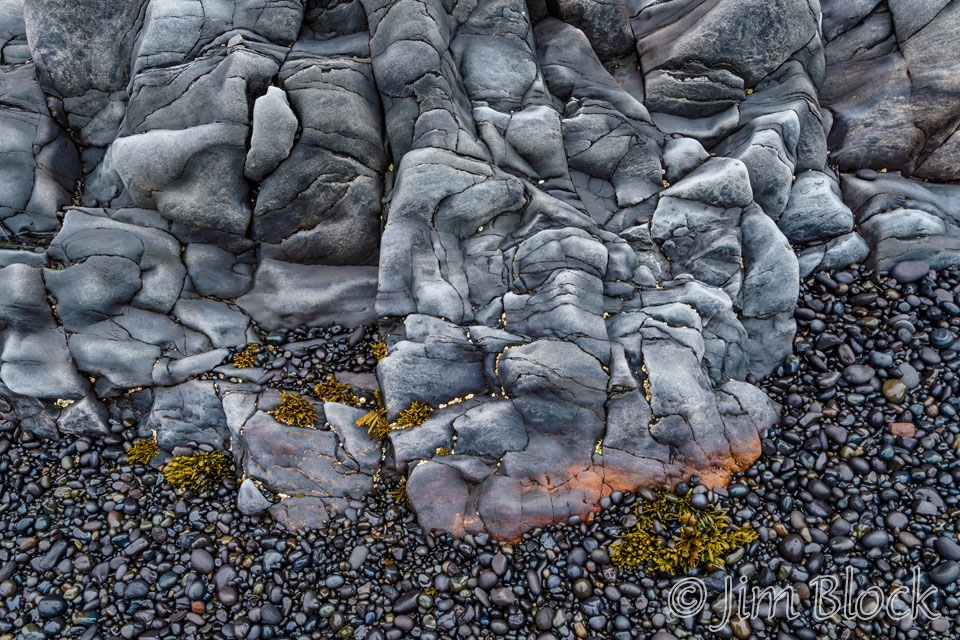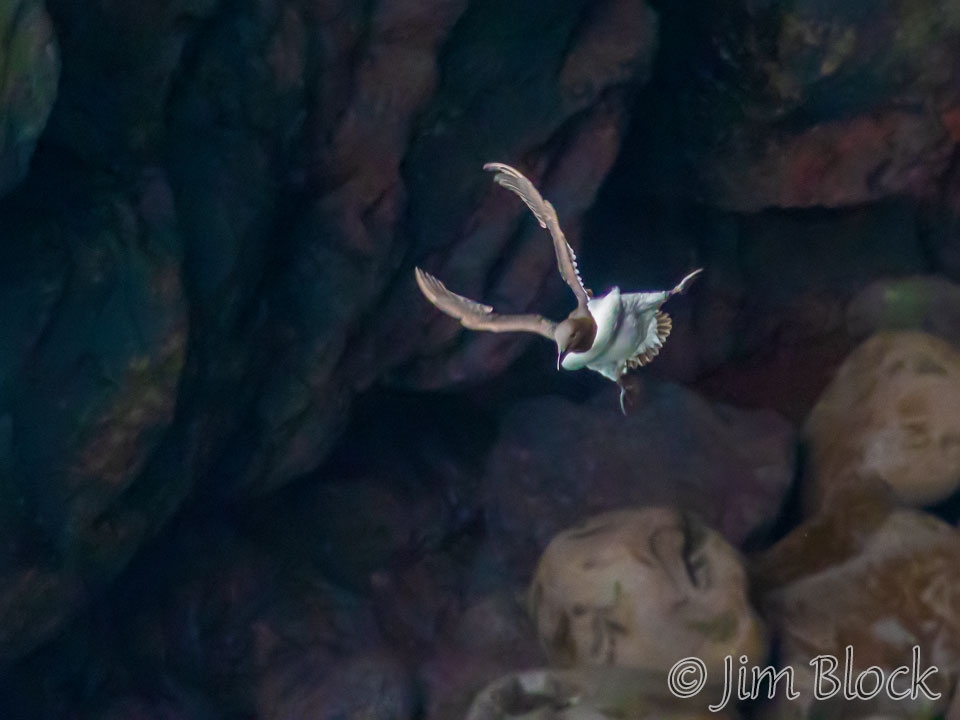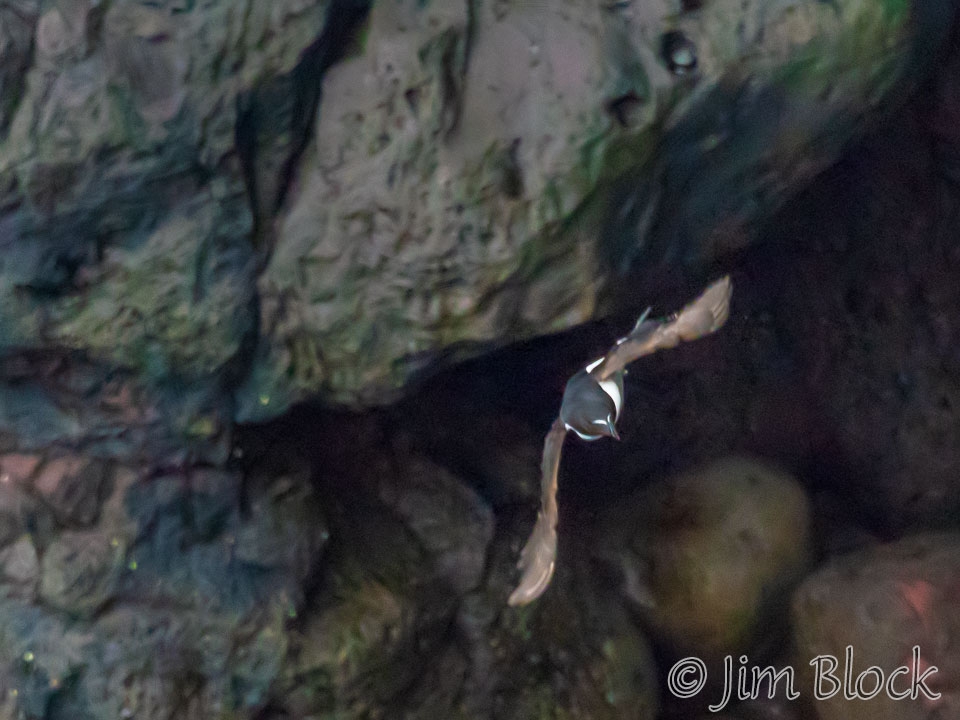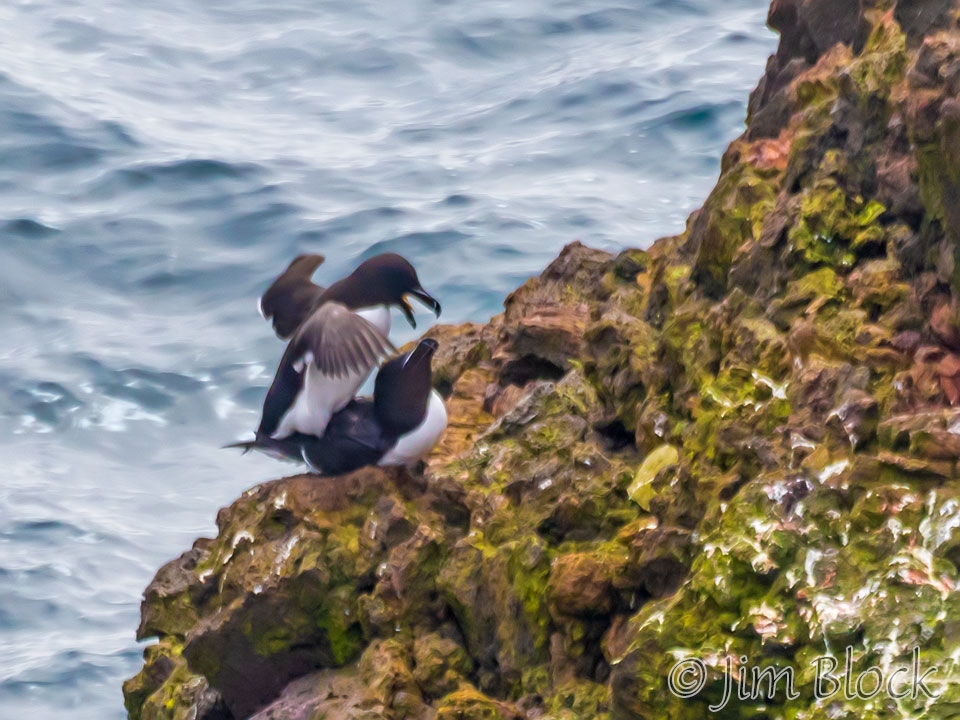May 4th was a day of travel to the Snæfellsnes Peninsula, a beautiful area that is covered on this page.
Heading north on the Ring Road, we went through a long tunnel to arrive at Akranes. We found it a charming town and spent some time at the waterfront photographing birds. Below are some of the photos I took in Akranes. The birds, in order, are Black-headed Gull, Northern Fulmar, American Oystercatcher, and Redshank.
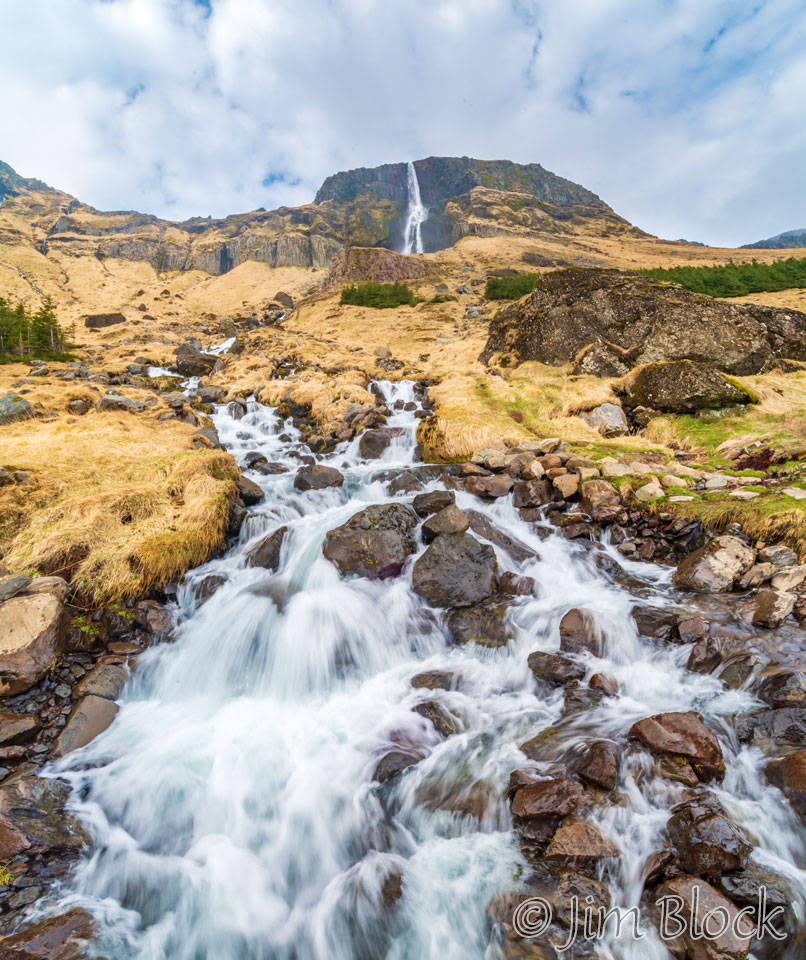
We arrived on the Snæfellsnes Peninsula in early afternoon and did a quick tour of a portion of the southern coast. Here is a waterfall we found near Búðir.
We spent four nights at a very comfortable Airbnb in Stykkishólmur.
Just short of the town we saw this beautiful small church.
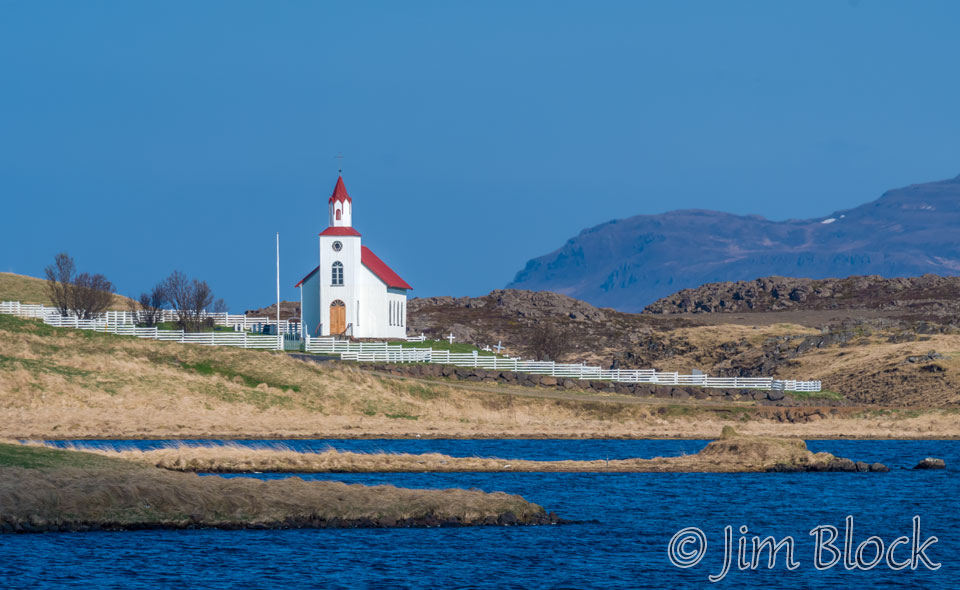
It is obvious what the sign on the left below is saying, but what about the sign on the right? It simply means one is leaving the village proper.
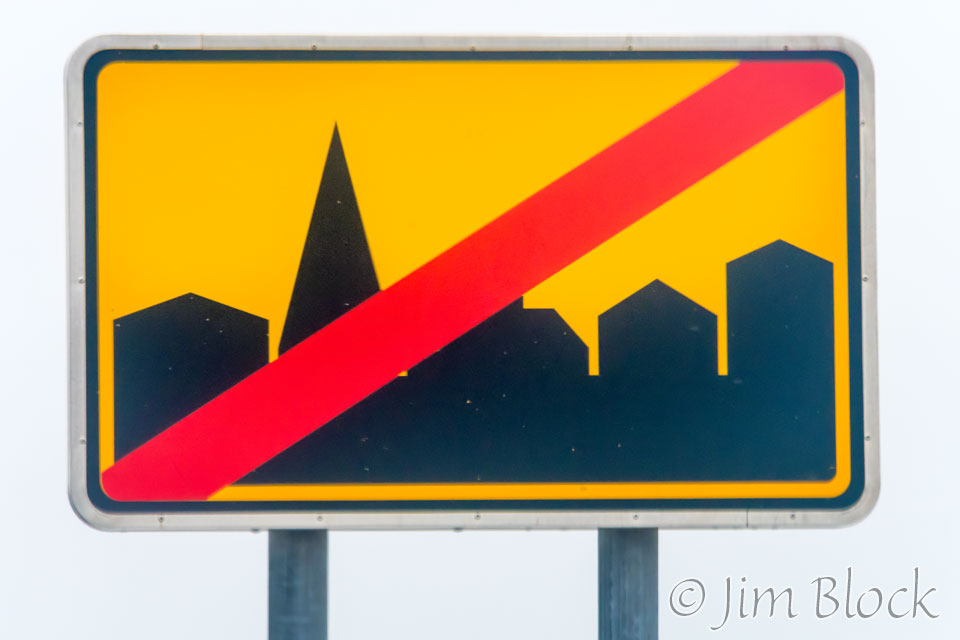
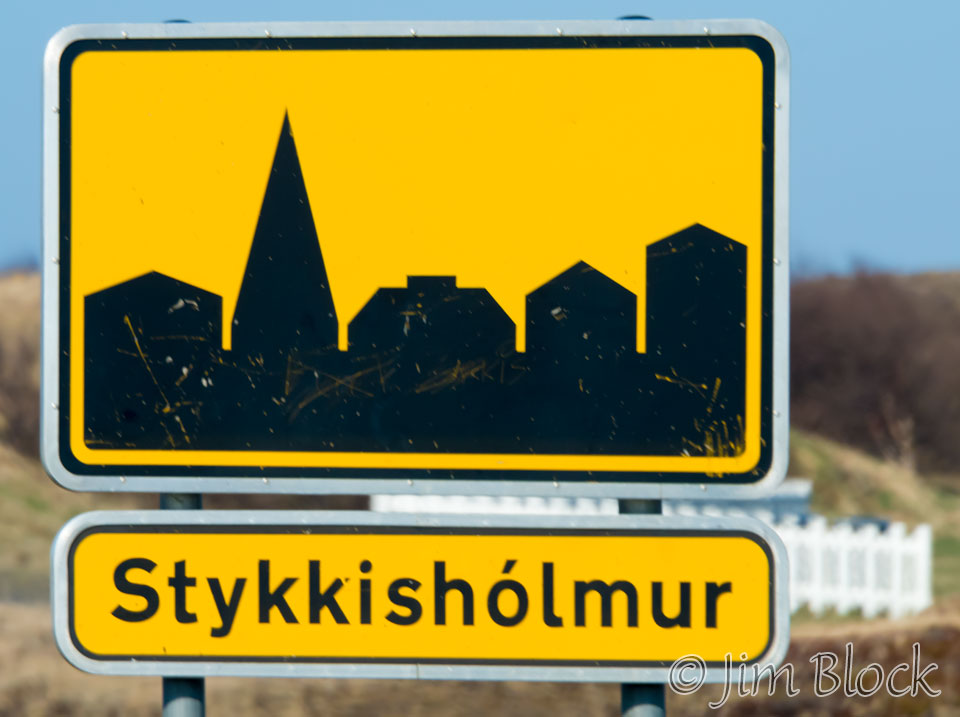
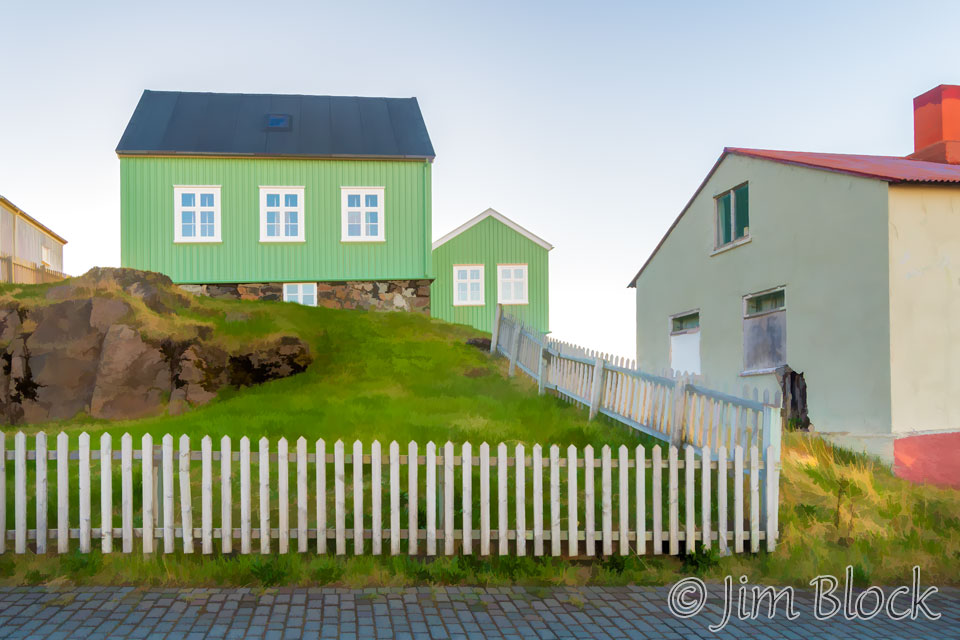
After dinner the first night, Martha, Stephen, and I took a walk through Stykkishólmur in the fog.
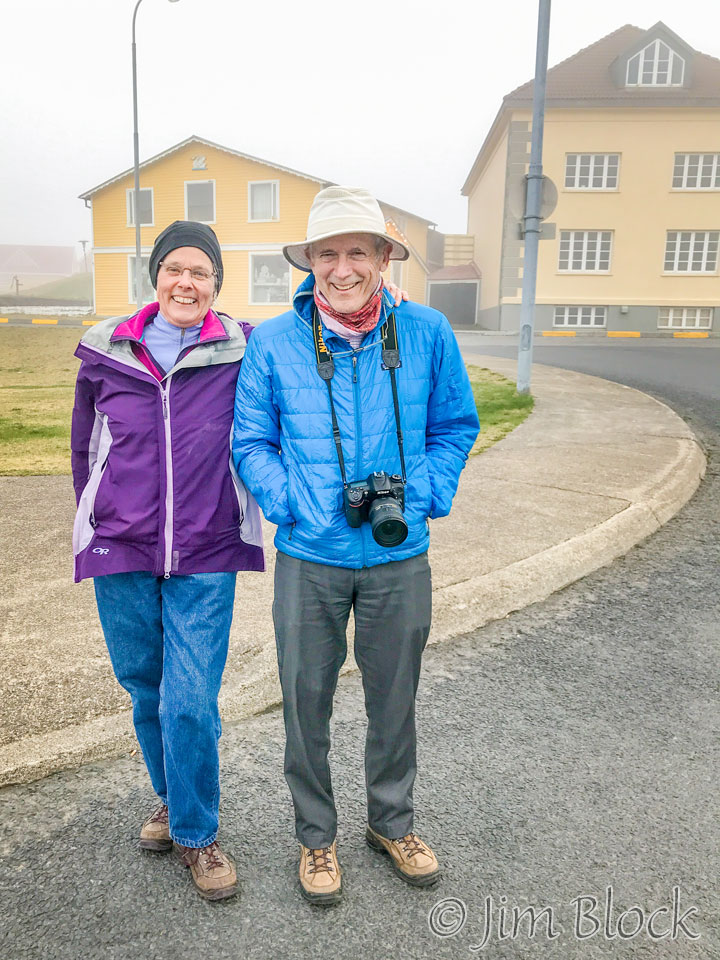
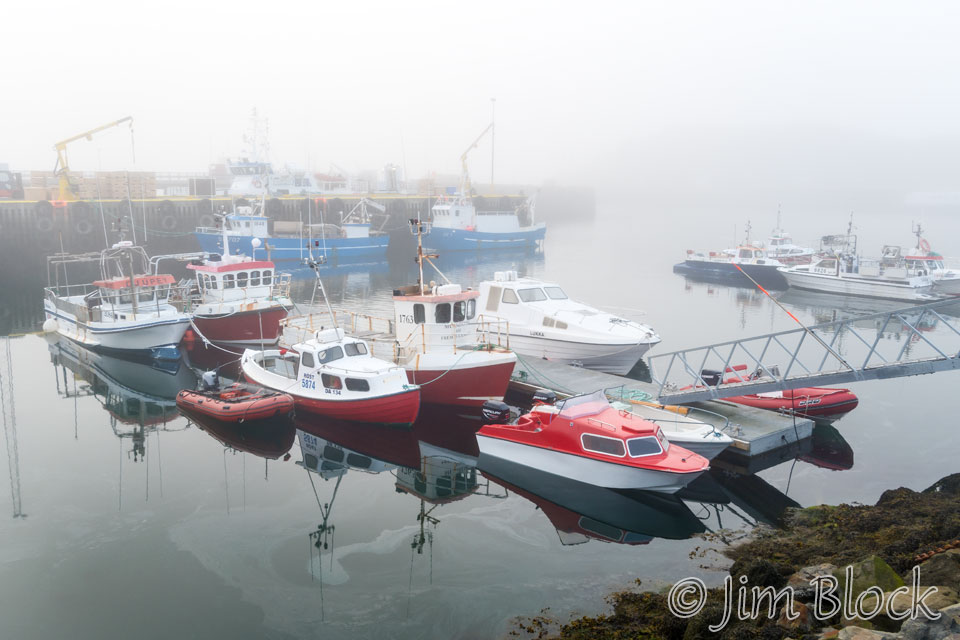
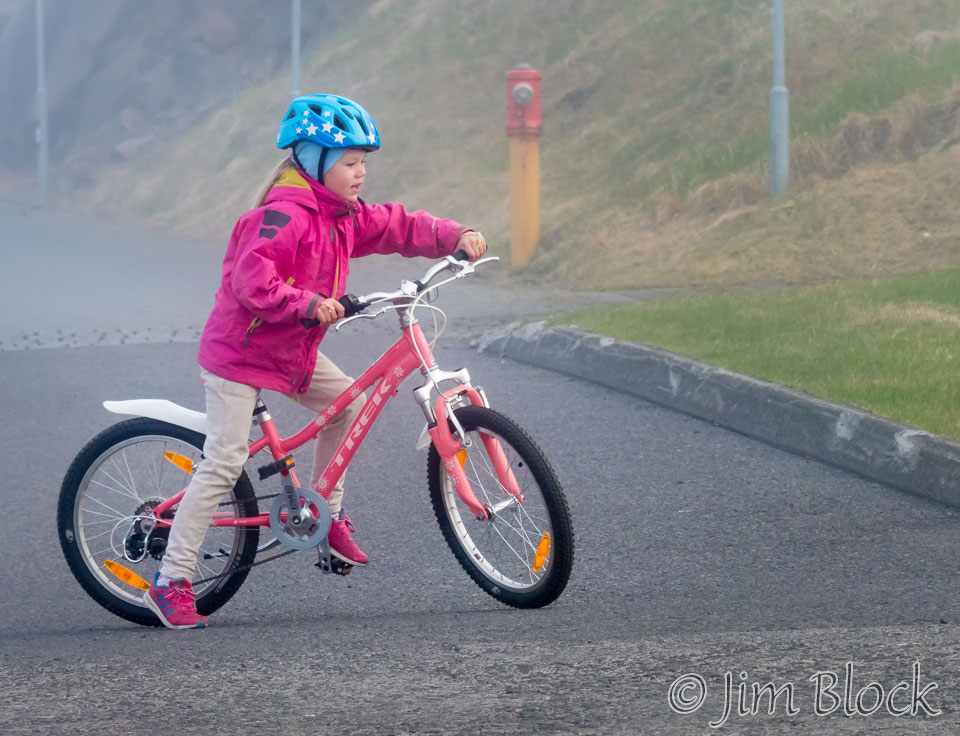
The next morning Marc and I left quite early to travel west and explore the peninsula. In the village of Ólafsvík we were able to photograph some beautiful Harlequin Ducks.
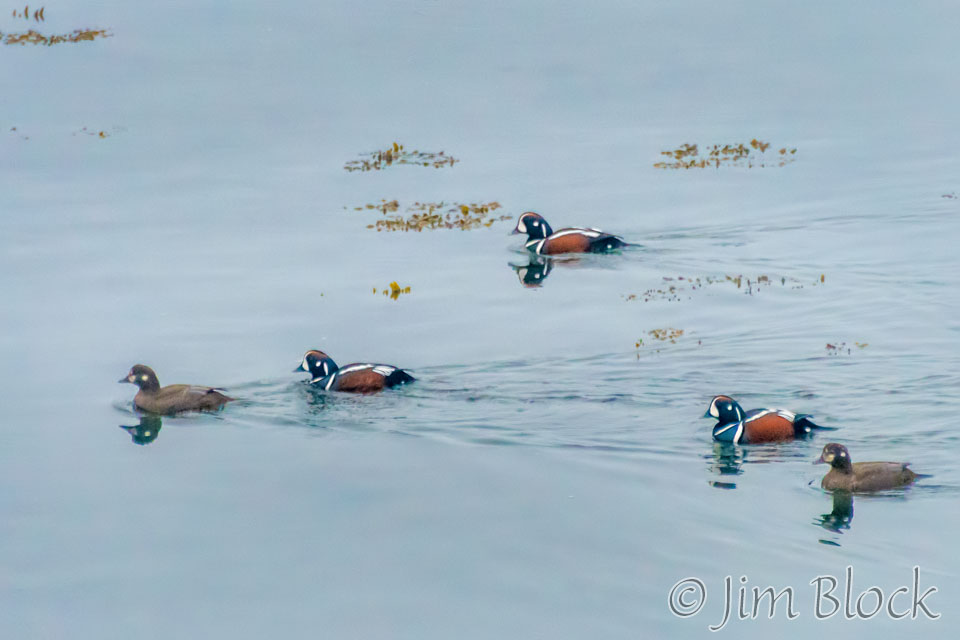
We drove out a dead-end road toward Öndverðarnes and passed through some amazing lava fields.
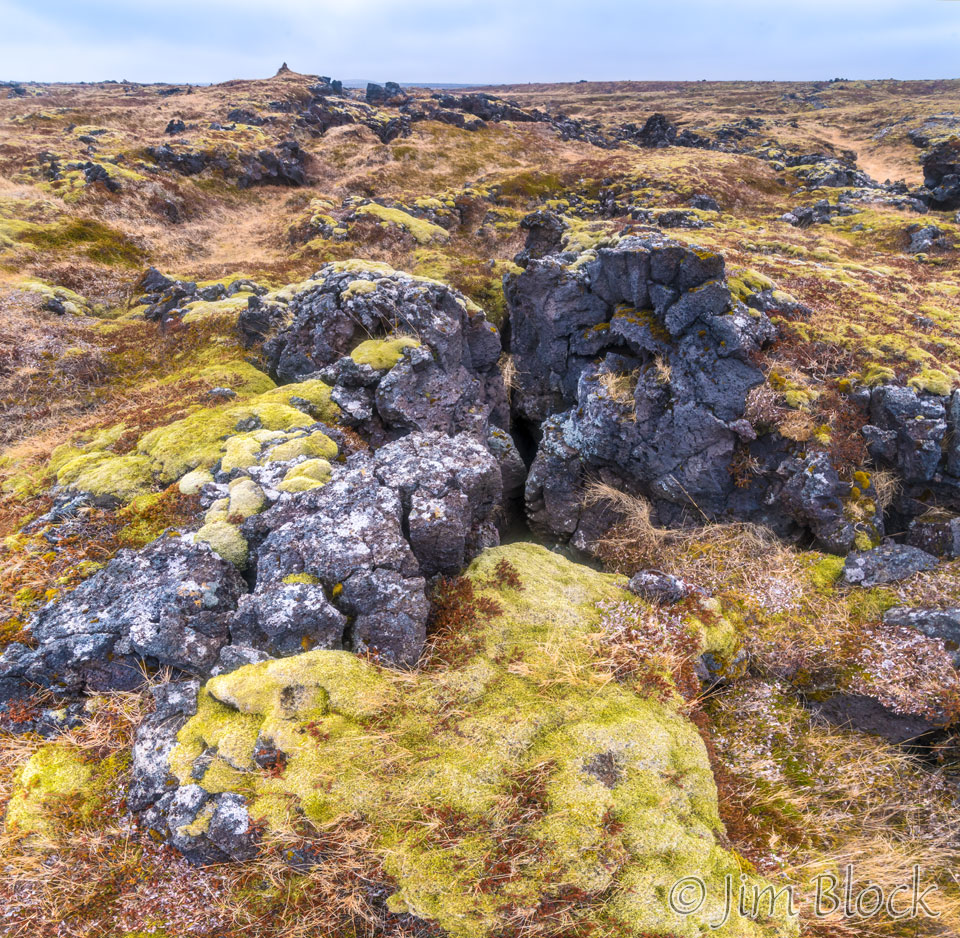
If one looked closely at these lava fields one could find amazing plants growing there.
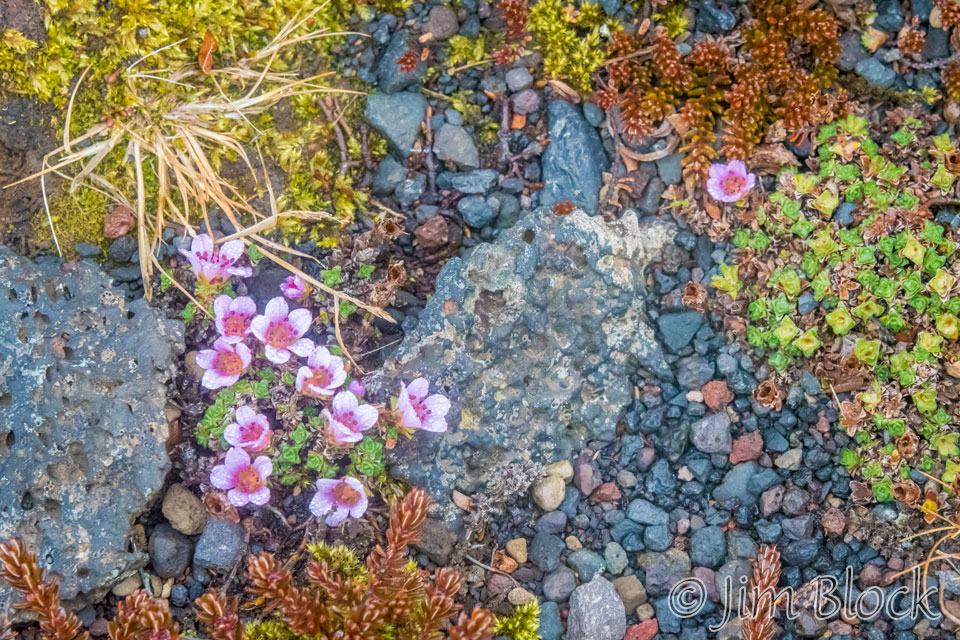
If you would like to explore the lava field up close and personal, please click the image below to get to a site where you can zoom way in then pan around. When you get there, click the double arrow above the image on the right to see it full frame. Please wait for the resolution to download. You can use the + and – keys to zoom and the arrow keys to scroll. Or use the scroll wheel to zoom and the left mouse to drag.
We walked the beautiful beach at Skarðsvík.
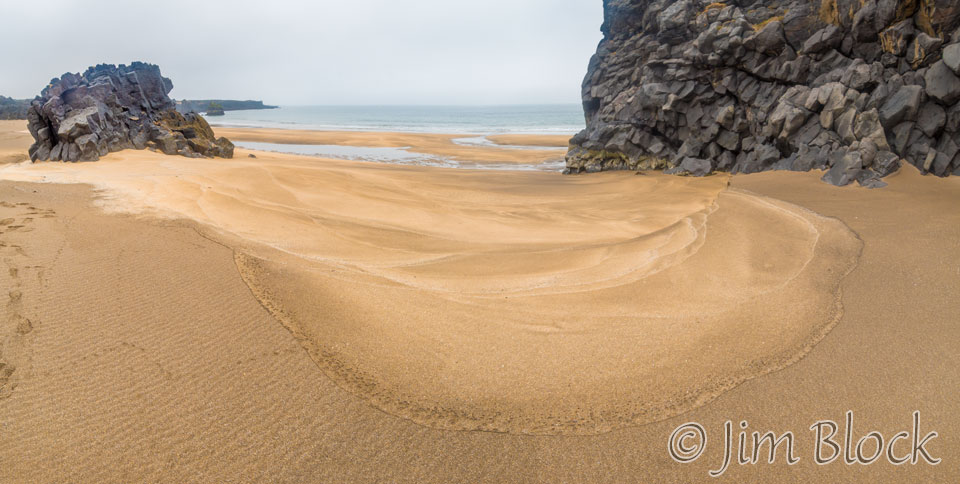
There is a wonderful hike from Hellnar to Arnarstapi. Starting near the pebble beach, as seen below in this four-photo panorama, we walked part of the way toward Arnarstapi, photographing the scenes and birds along the way.
You can click the image below to get to a site with a wider 12-photo panorama of this spot where you can zoom way in then pan around. When you get there, click the double arrow above the image on the right to see it full frame. Please wait for the resolution to download. You can use the + and – keys to zoom and the arrow keys to scroll. Or use the scroll wheel to zoom and the left mouse to drag.
This bird is a Northern Fulmar. I had a difficult time identifying this bird because I kept looking under the category of gulls. It is actually closely related to albatross and petrels.
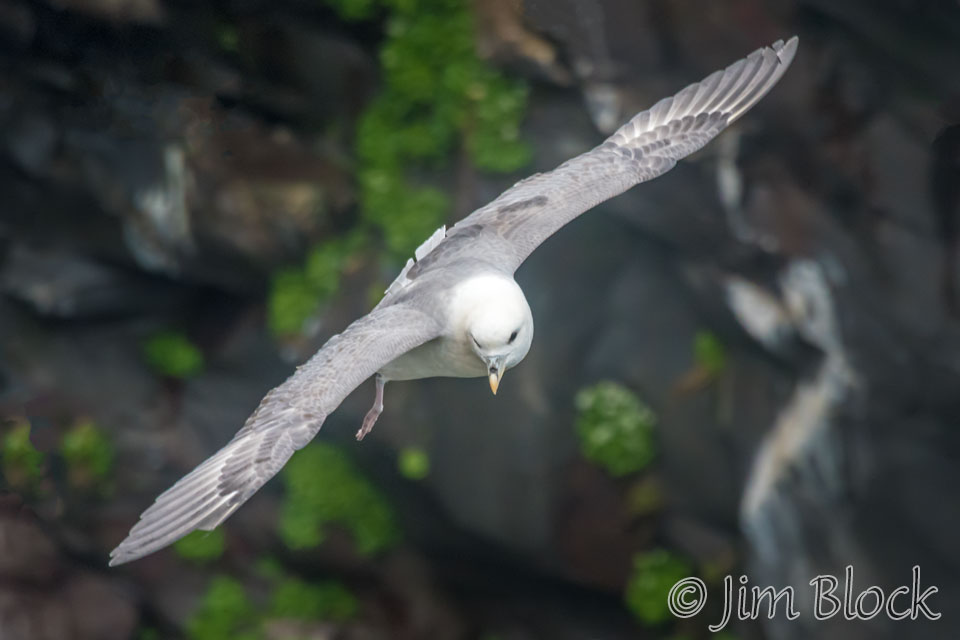
After walking a considerable distance along the trail, we backtracked to our car and drove to Arnarstapi. From there we walked back toward Hellnar. Here is a view of the Arnarstapi headland.
You can click the image below to get to a site with a wider five-photo panorama of this spot where you can zoom way in then pan around. When you get there, click the double arrow above the image on the right to see it full frame. Please wait for the resolution to download. You can use the + and – keys to zoom and the arrow keys to scroll. Or use the scroll wheel to zoom and the left mouse to drag.
We visited the amazing stone arch that is Gatklettur.
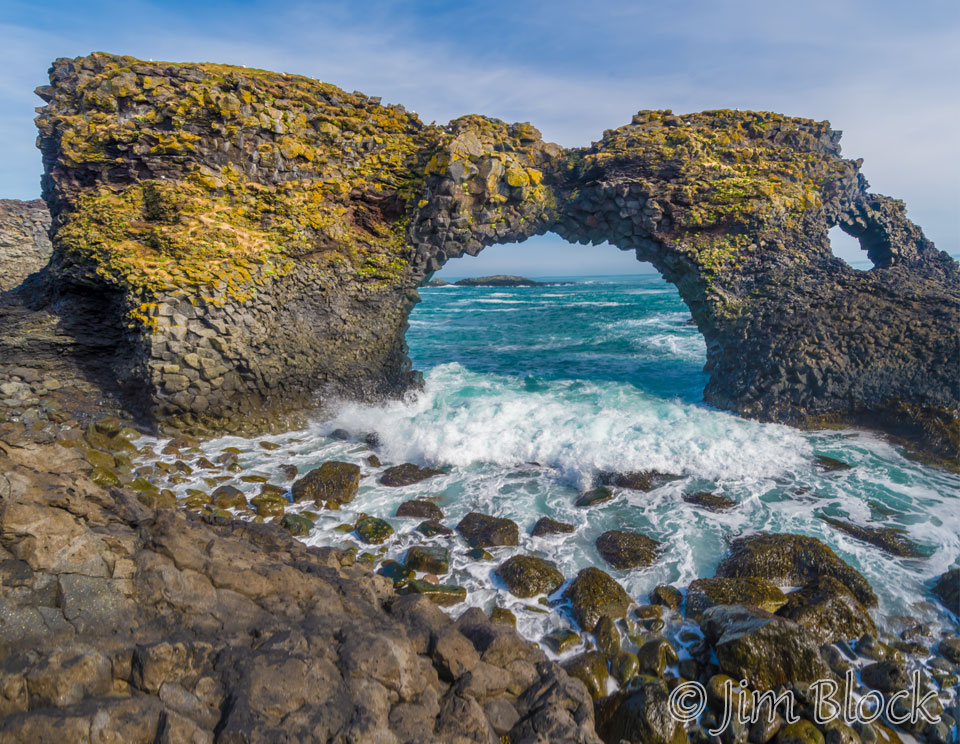
Near Arnarstapi were some wonderfully colorful hills.
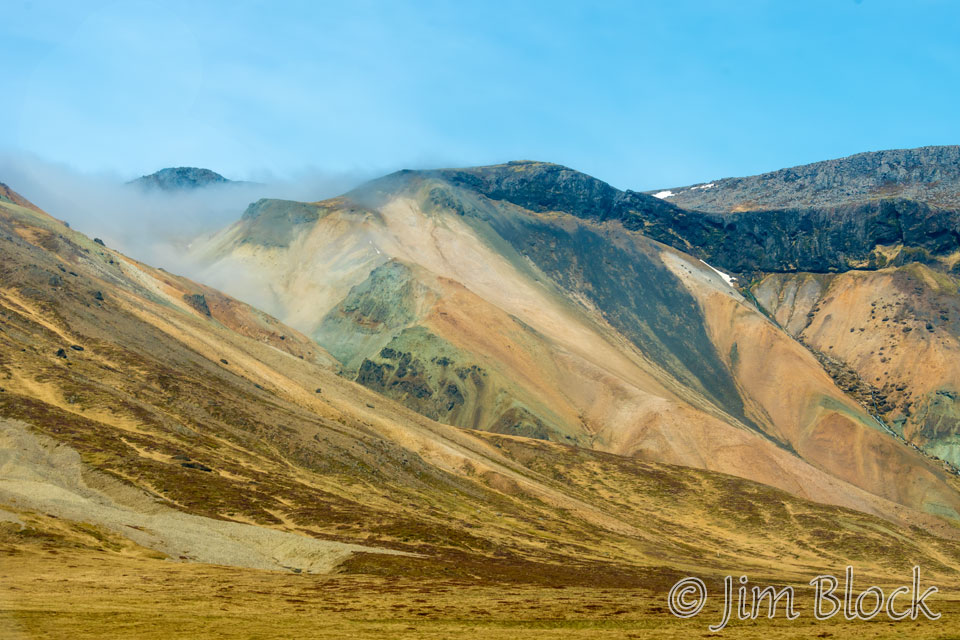
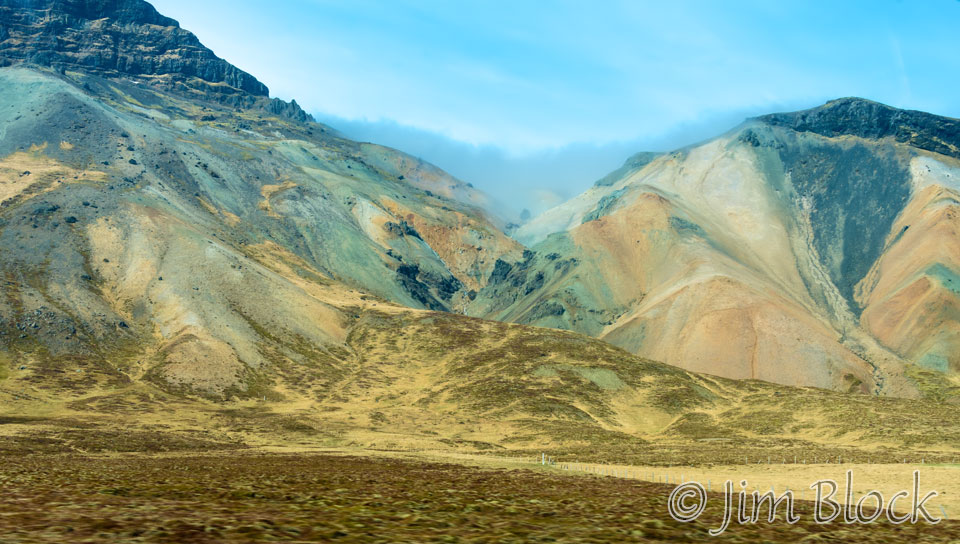
We visited the Black Church at Búðir. The mountain ridge in the background is called Helgrindur. This mountain massif is dotted with patches of eternal snow. Strong gusts of wind hitting from the north are magnified up there under certain weather conditions. The name means The Peaks of Hell.
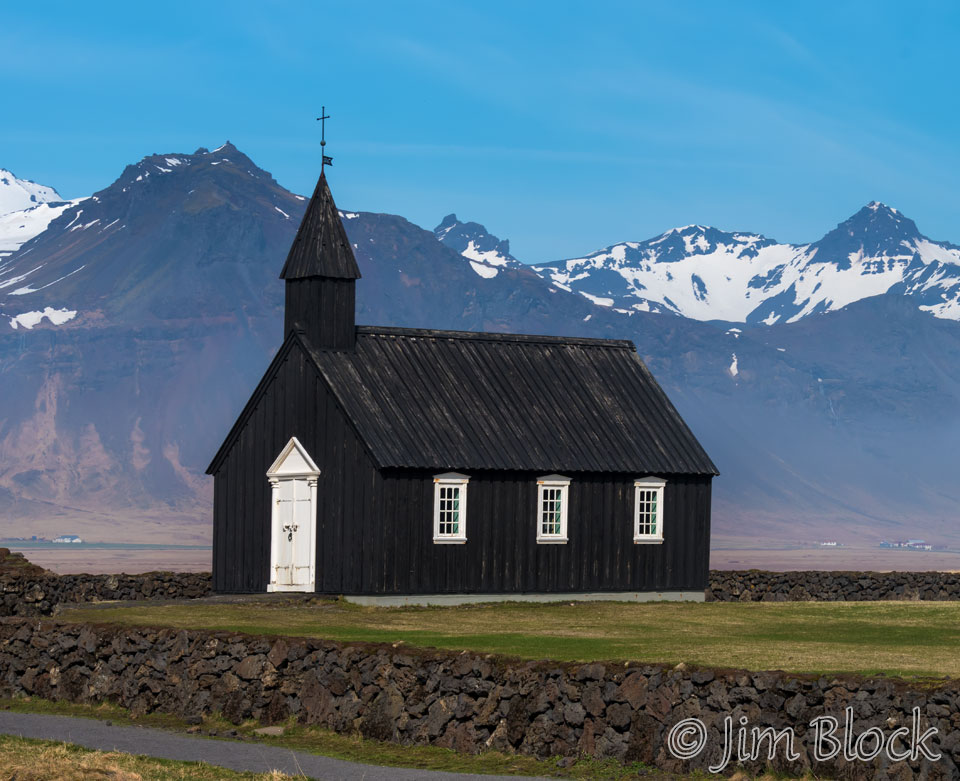
In the church yard, I managed to capture a photo of a Golden Plover flying. Such a beautiful bird.
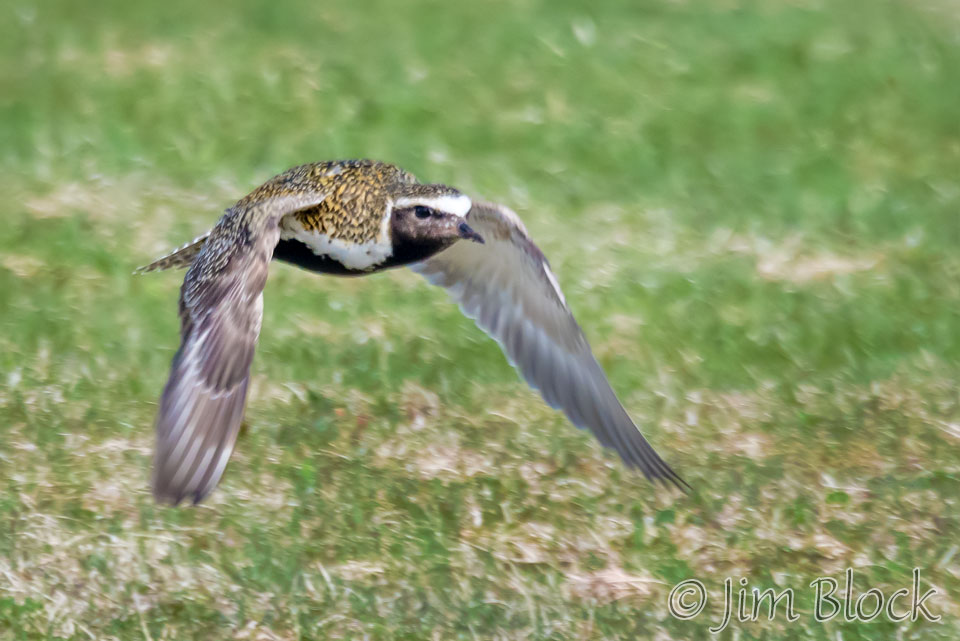
On the other side of Helgrindur massif is the fishing village of Grundarfjörður. Just outside Grundarfjörður is the beautiful Kirkjufellsfoss Waterfall.
In addition to the slide show above you can CLICK HERE to get to a site where you can zoom way in to 6-photo panorama of the falls. When you get there, click the double arrow above the image on the right to see it full frame. Please wait for the resolution to download. You can use the + and – keys to zoom and the arrow keys to scroll. Or use the scroll wheel to zoom and the left mouse to drag.
Early the next morning we headed to the Ytri-Tunga beach. It was foggy, but we got some photos of Redshanks, Ruddy Turnstones, and American Oystercatchers. Here is an American Oystercatcher.
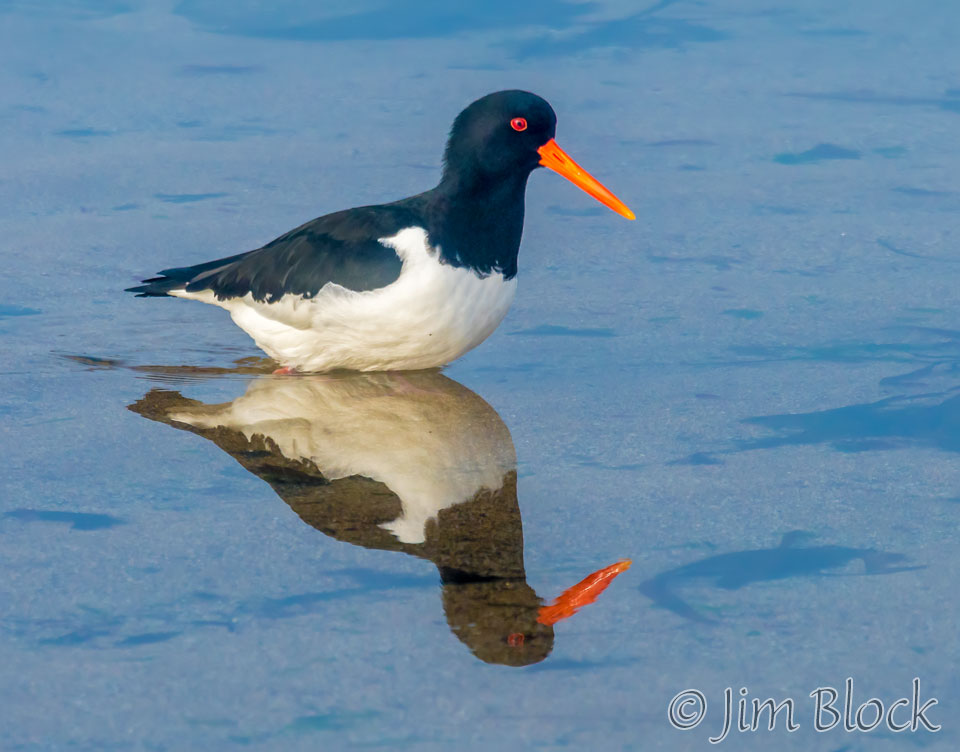
While on the beach a Fogbow appeared.
Closely related to Rainbows, Fogbows happen with the sun low in the sky behind the viewer. The higher the sun, the lower the Fogbow. Because of the very small size of water droplets that cause fog, a Fogbow has only very weak colors. In many cases, when the droplets are very small, Fogbows appear white and are therefore sometimes called “white rainbows”. CLICK HERE to learn more.
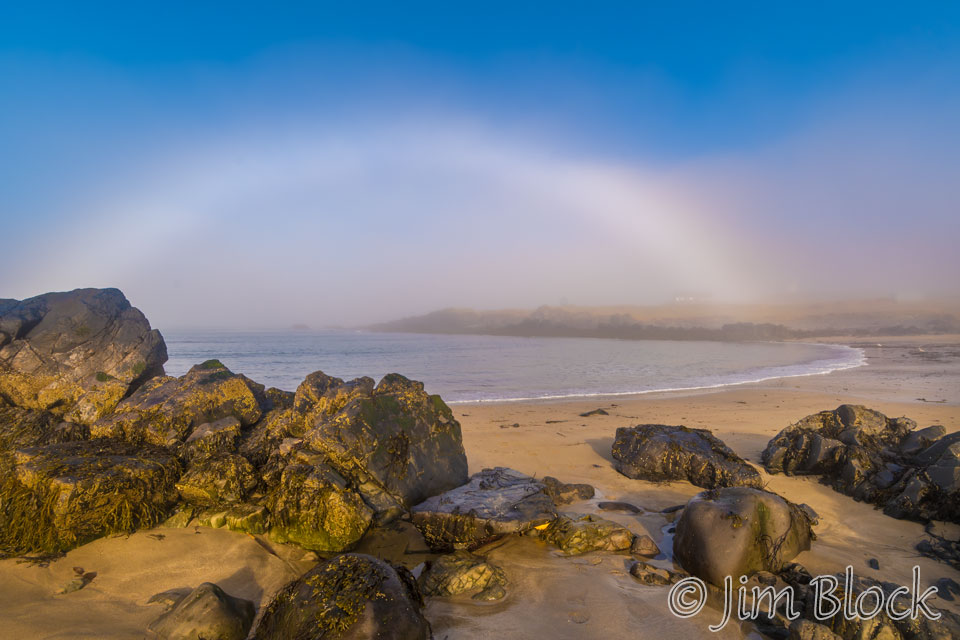
Just beyond the beach to the west, we saw a Horned Grebe reflected in a small body of water.
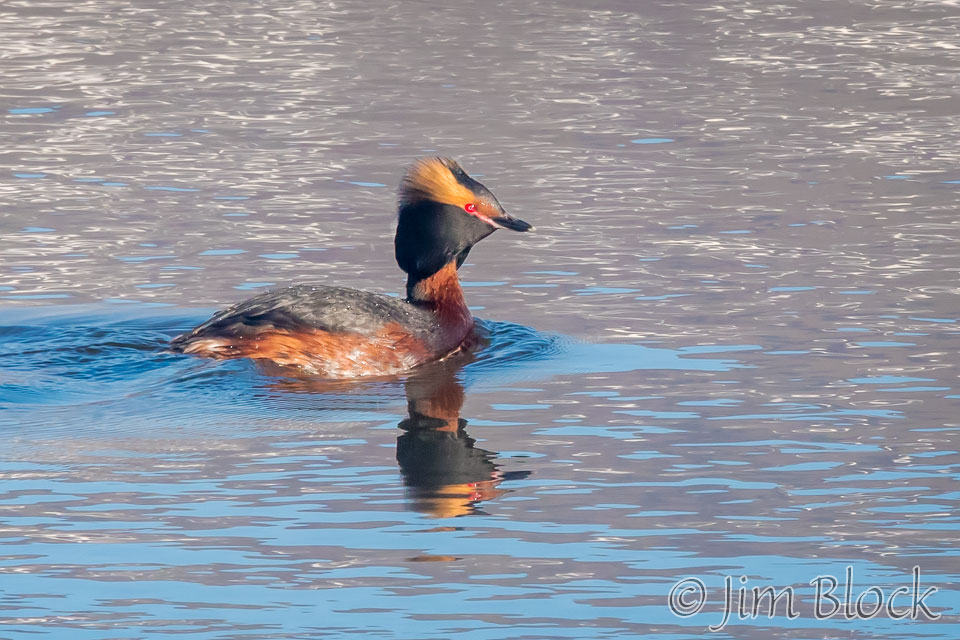
Driving from the beach to Langeholt we got some nice views of Snæfellsjökull (4744 ft) which is a 700,000-year-old glacier-capped stratovolcano. Sometimes it may be seen from the city of Reykjavík over Faxa Bay, at a distance of 120 km (75 miles).
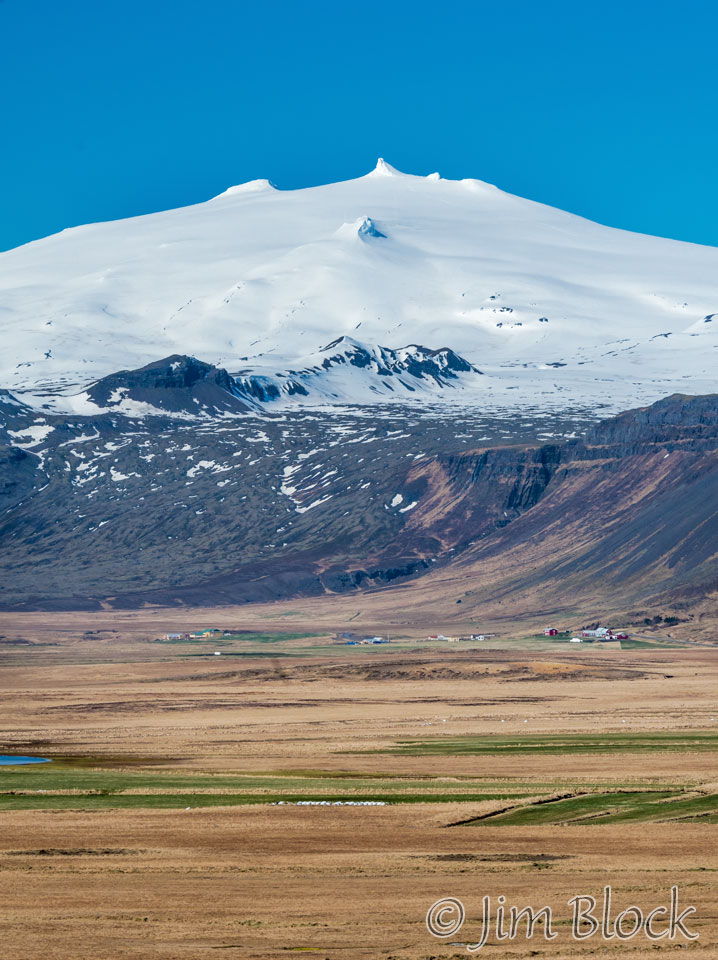
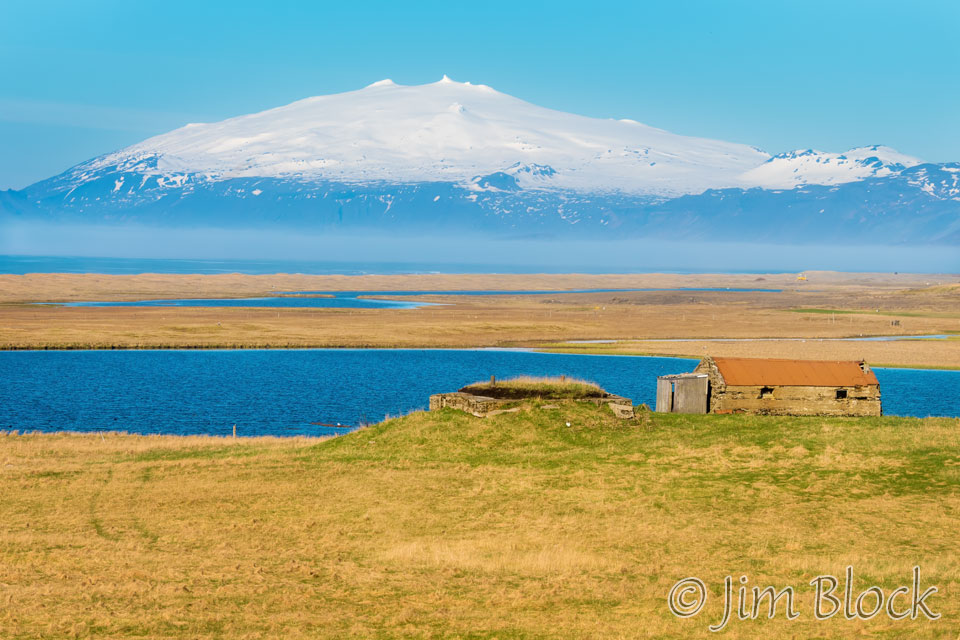
We stopped at Djúpalón Beach and photographed some sea stacks.
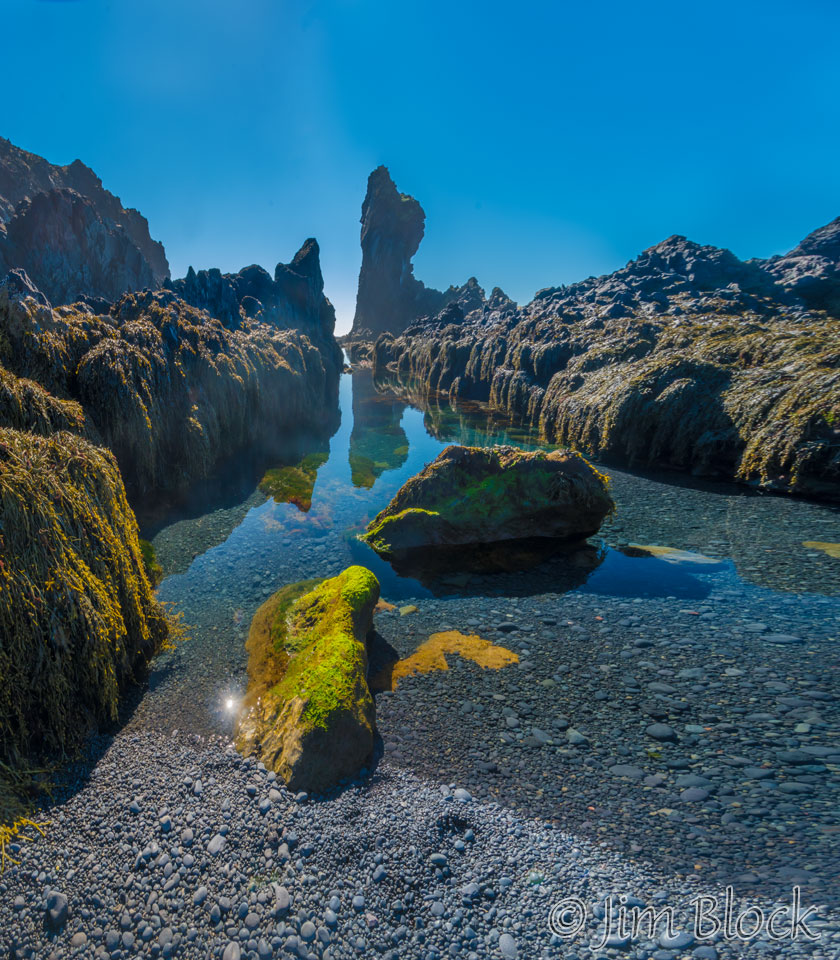
From there we hiked to the beach at Dritvík.
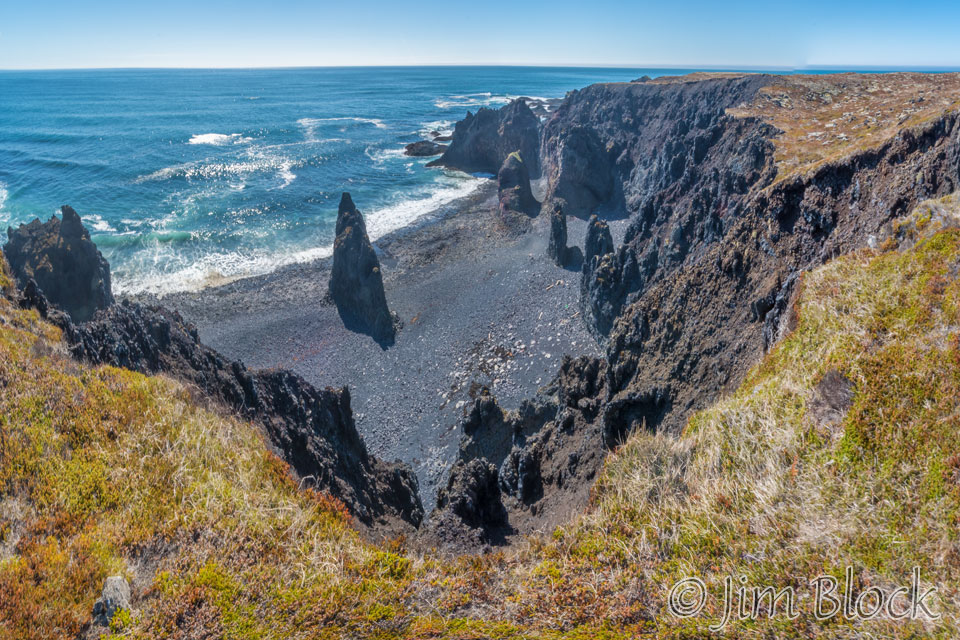
The beautiful church in the fishing village of Grundarfjörður attracted our attention. I was also struck by the statue in the church yard.
This pair of photos shows how sun stars can be used to enhance an image. Sun stars are diffraction phenomena caused by the bending of light around the diaphragm of the camera’s lens. They are strongest when the aperture is small which result from a combination of a wide-angle lens and large f/number.
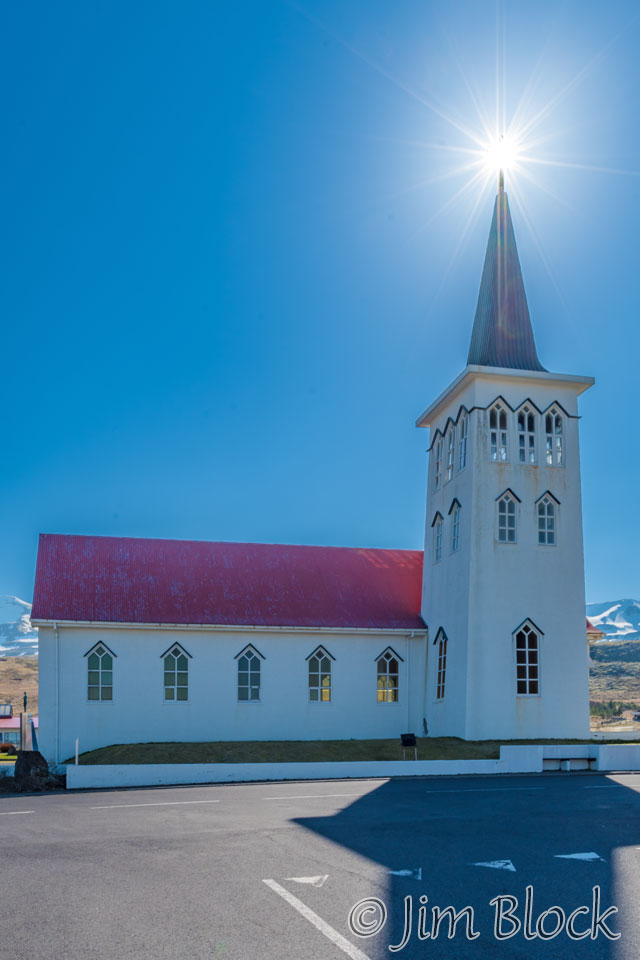
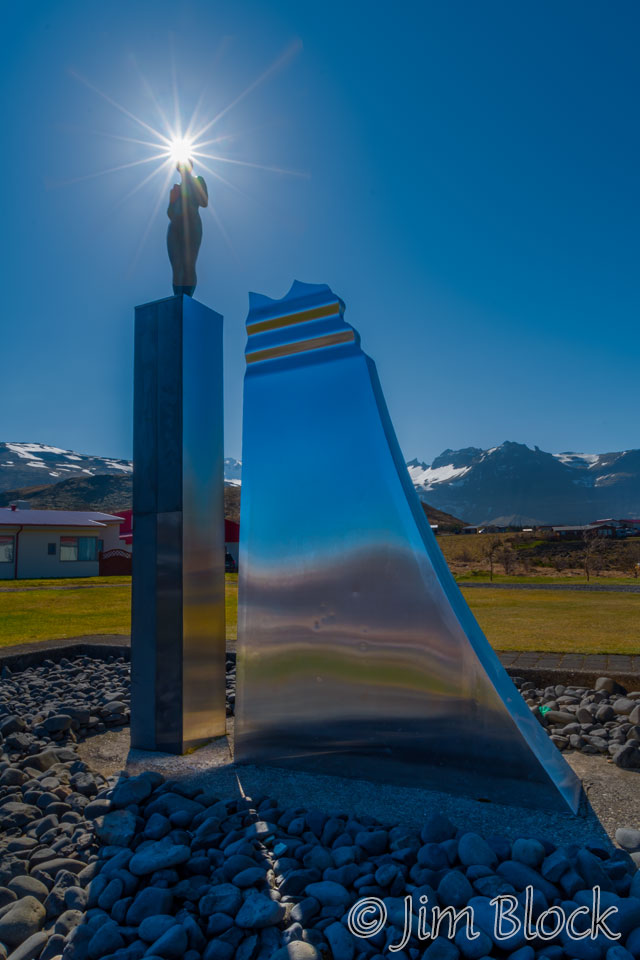
The next morning found us back at the Ytri-Tunga beach. It was again foggy, but I managed to capture a shot of a seal with a female Common Eider swimming in front of it.
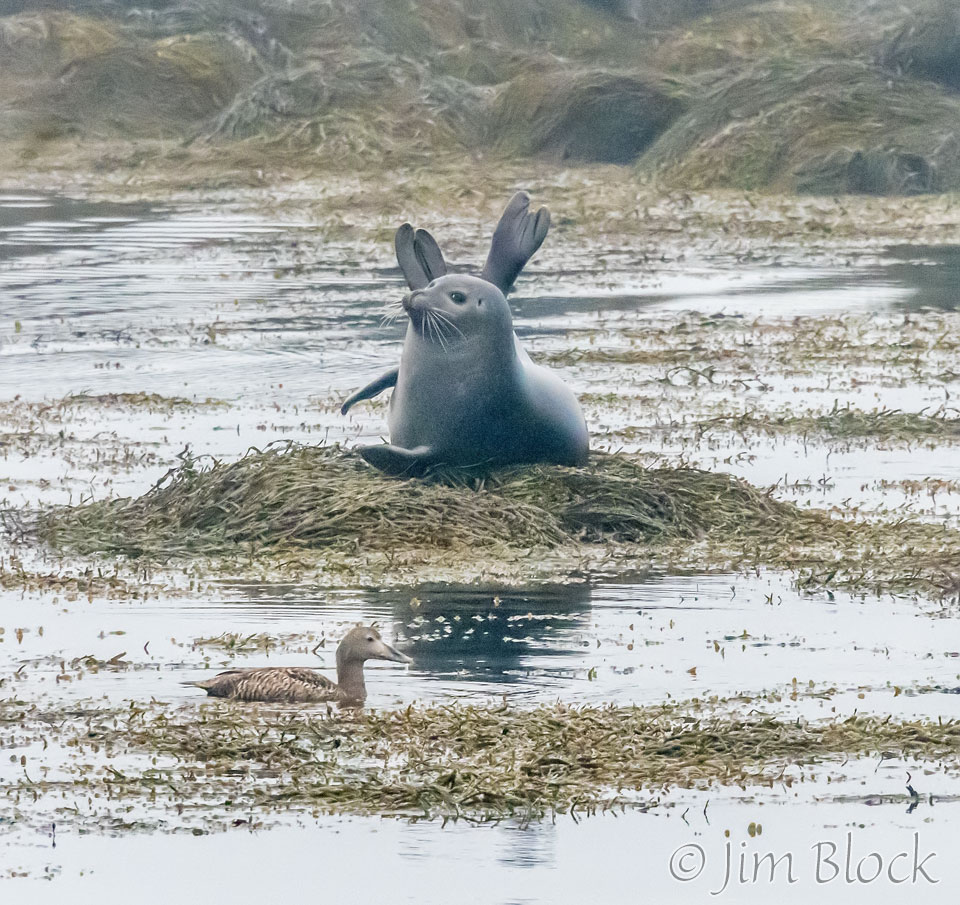
We parked at the rocket-shaped lighthouse at Malarrif and hiked to sea stacks at Londrangar. Here are two views of them.
The image at the right is a cropped version of a 17-photo panorama that you can zoom into and pan around if you click the image. When you click it, you will be taken to a site where you can zoom way in then pan around. When you get there, click the double arrow above the image on the right to see it full frame. Please wait for the resolution to download. You can use the + and – keys to zoom and the arrow keys to scroll. Or use the scroll wheel to zoom and the left mouse to drag.
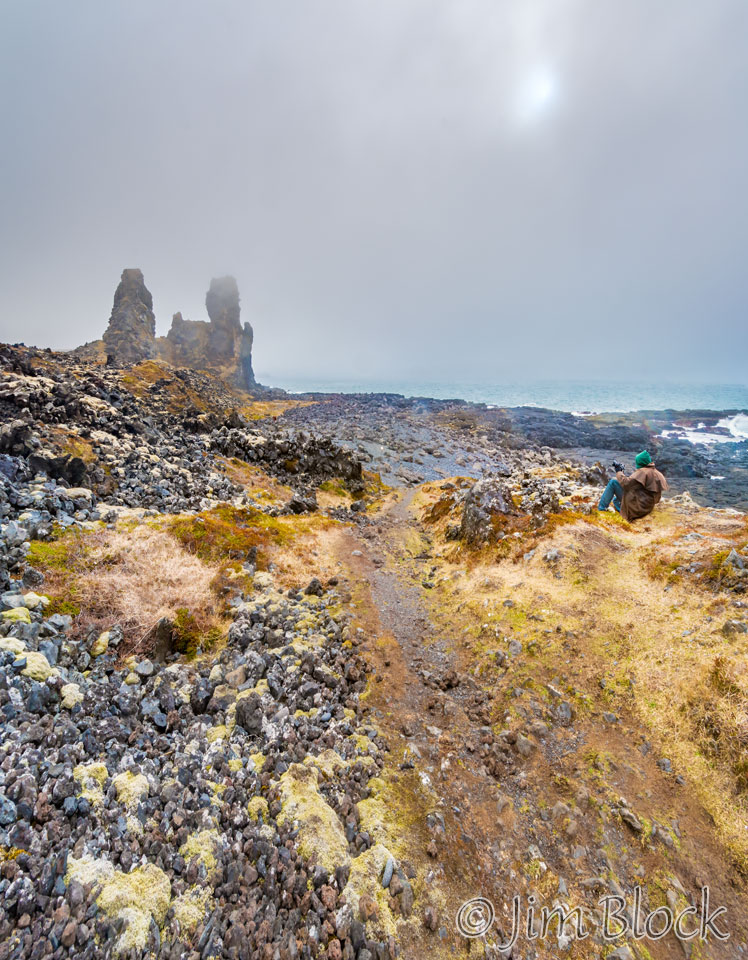
We again visited the beach at Djupalon. This time I focused on the very interesting rock formations. Here are three of the photos I took.
We drove to the western most point of the Snæfellsnes Peninsula and visited the lighthouse at Öndverðarnes.
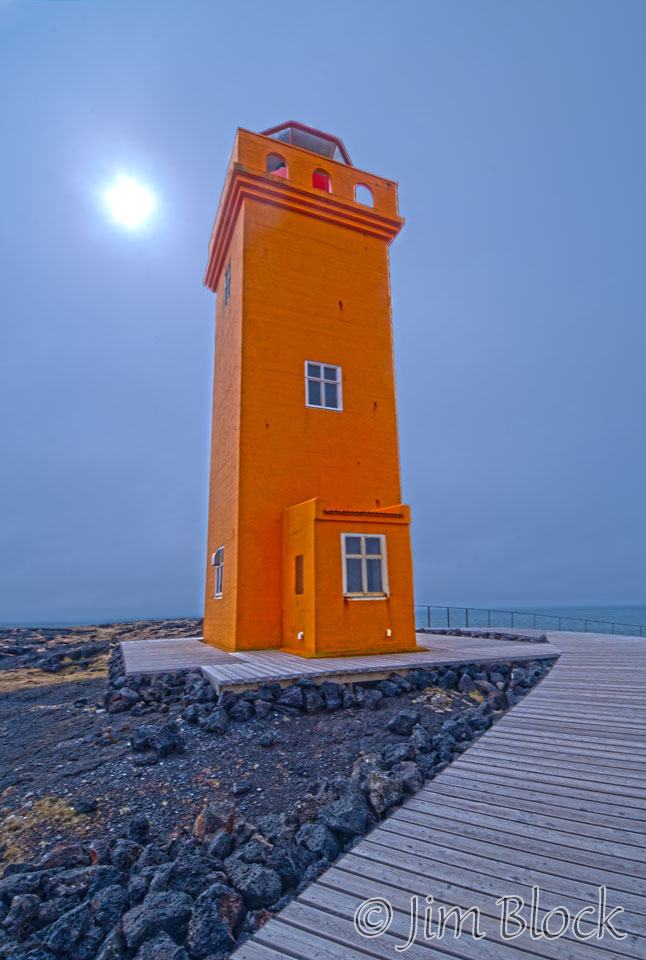
We then visited the bird cliffs at Svortuloft.
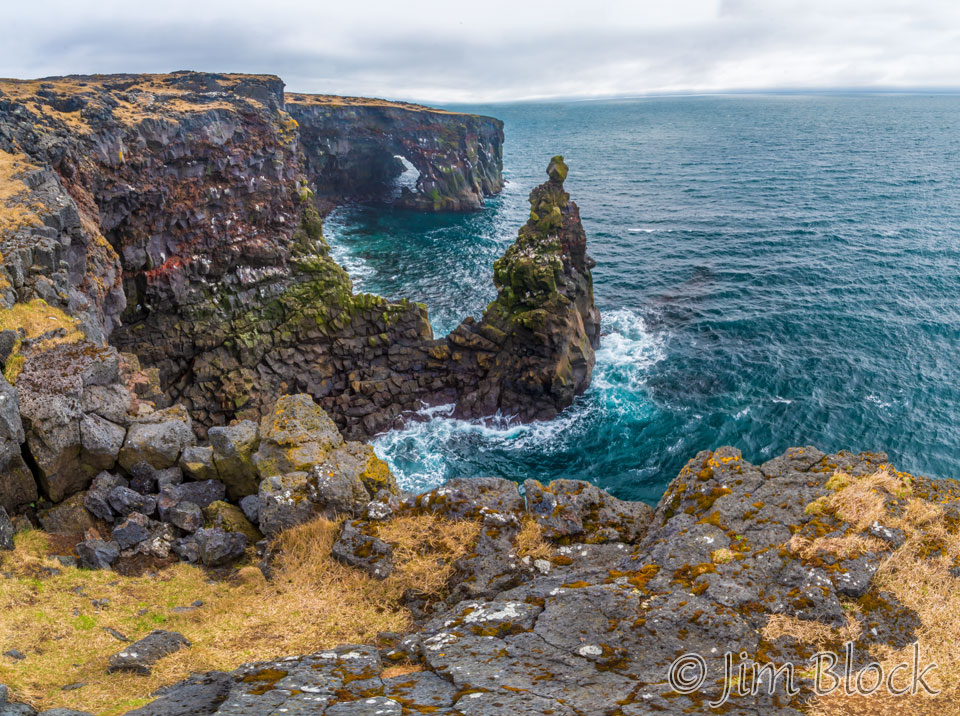
There were many Razorbills flying around. Here is a brief slideshow of them flying along the edge of the cliff and a pair mating.
Heading back to our Airbnb, we stopped to photograph the church at Ingjaldshóli set beautifully in front of Snæfellsjökull.
